The rooftops of Kraków are a must see, and the city has several options, like here from the rooftop terrace of the Music School. The white domed building is Poczta Główna, the now mostly empty Central Post Office building. The balloon in the distance is a tourist attraction, on a wire.
"Art wall" on the reconstructed old city wall near the Florian gate.
"The bridge of love", pedestrian and bicycle bridge that connects the popular centre city areas of Kazimierz and Podgórze.
The biggest and probably most impressive landmark of Kraków and its Old Town (Stare Miasto) is Wawel Castle. Once it was the residency of kings, ever since king Kazimierz the Great ordered it built in the 14th Century. After that it was expanded, and it shows at least four different main architectonic styles. Some parts look more German, some parts - like the inner courtyard, Italian. But it is the Polish flag on top. The fortified stronghold is a tourist magnet, with an estimated 1 to 2 million visitors every year post-COVID.
Especially in summer, tourist boats float up and down the Krakowian part of the river Wisła (Vistula)
Inside the Sukiennice, or Cloth Hall, bazaar on Kraków's main square one can find anything from jewelry to souvenirs
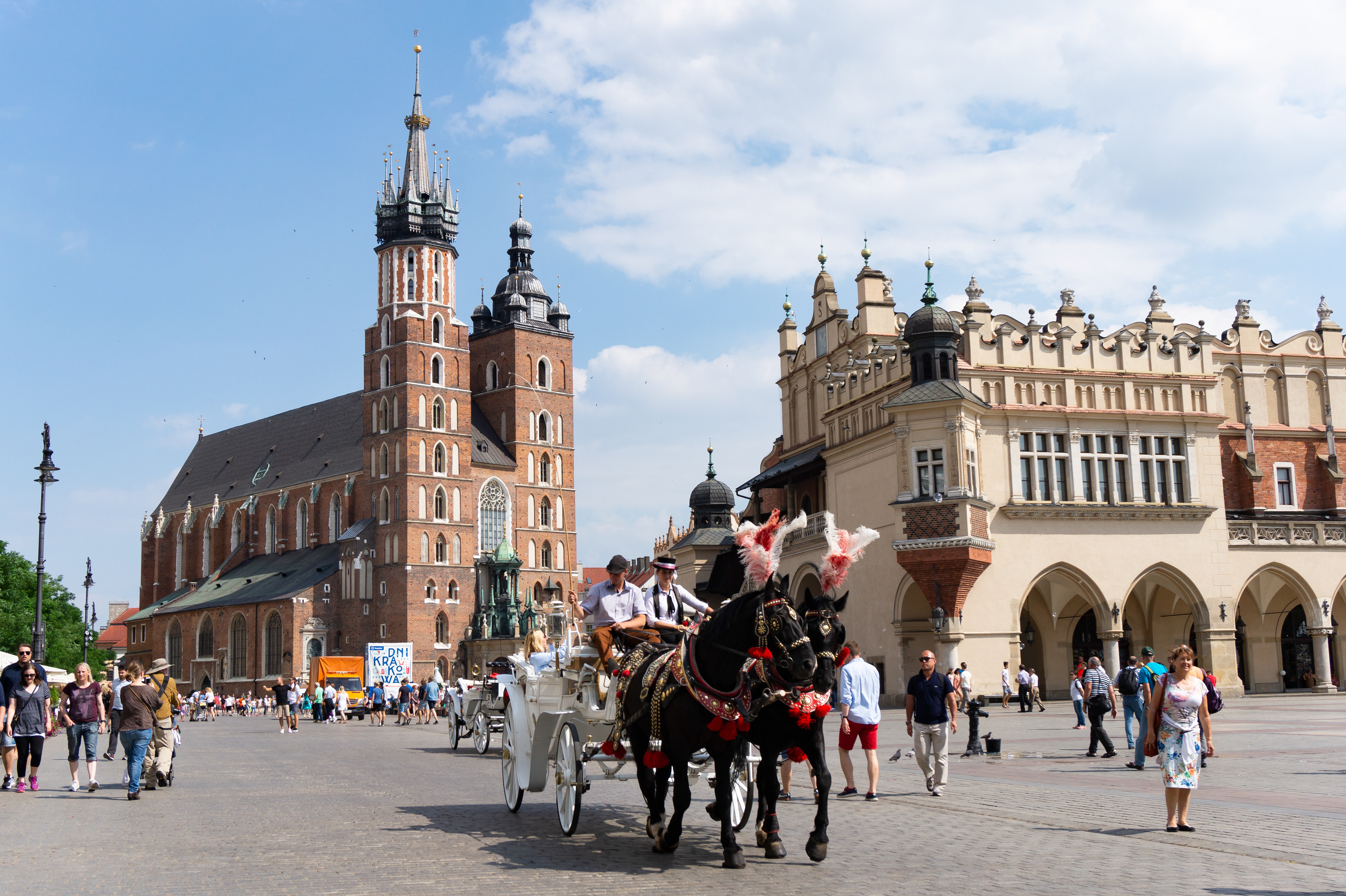
The main square (Rynek) with the Saint Mary's Basilica (Kościół Mariacki), the Cloth Hall (Sukiennice) and the touristic horse and carriage
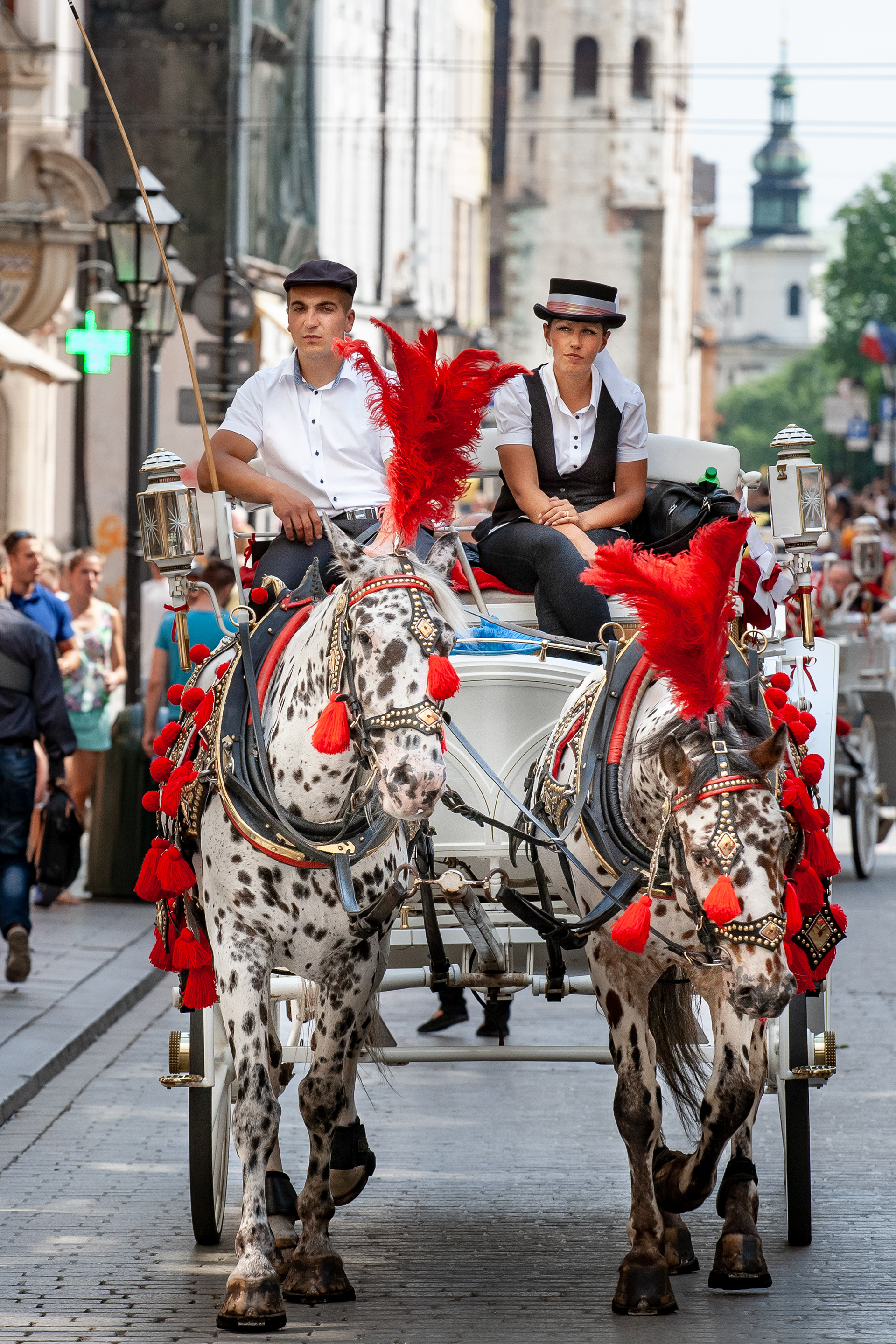
The touristic horse and carriage, with almost always a crew of a male horseman and a female side-kick - and with not always the greatest chemistry between them
Kraków is home to about 200,000 students, that give the city a lively vibe
On Rynek, the main square in the old town is one of Europe's biggest.
The trumpet player in the cathedral tower on main square. Four of them work in shifts, playing the same tune every hour. Legend has it that centuries ago a predecessor tried to signal the alarm for advancing forces and was killed by an archer. Up to today the trumpet player stops where - according to the stories - his fellow man was silenced in history.
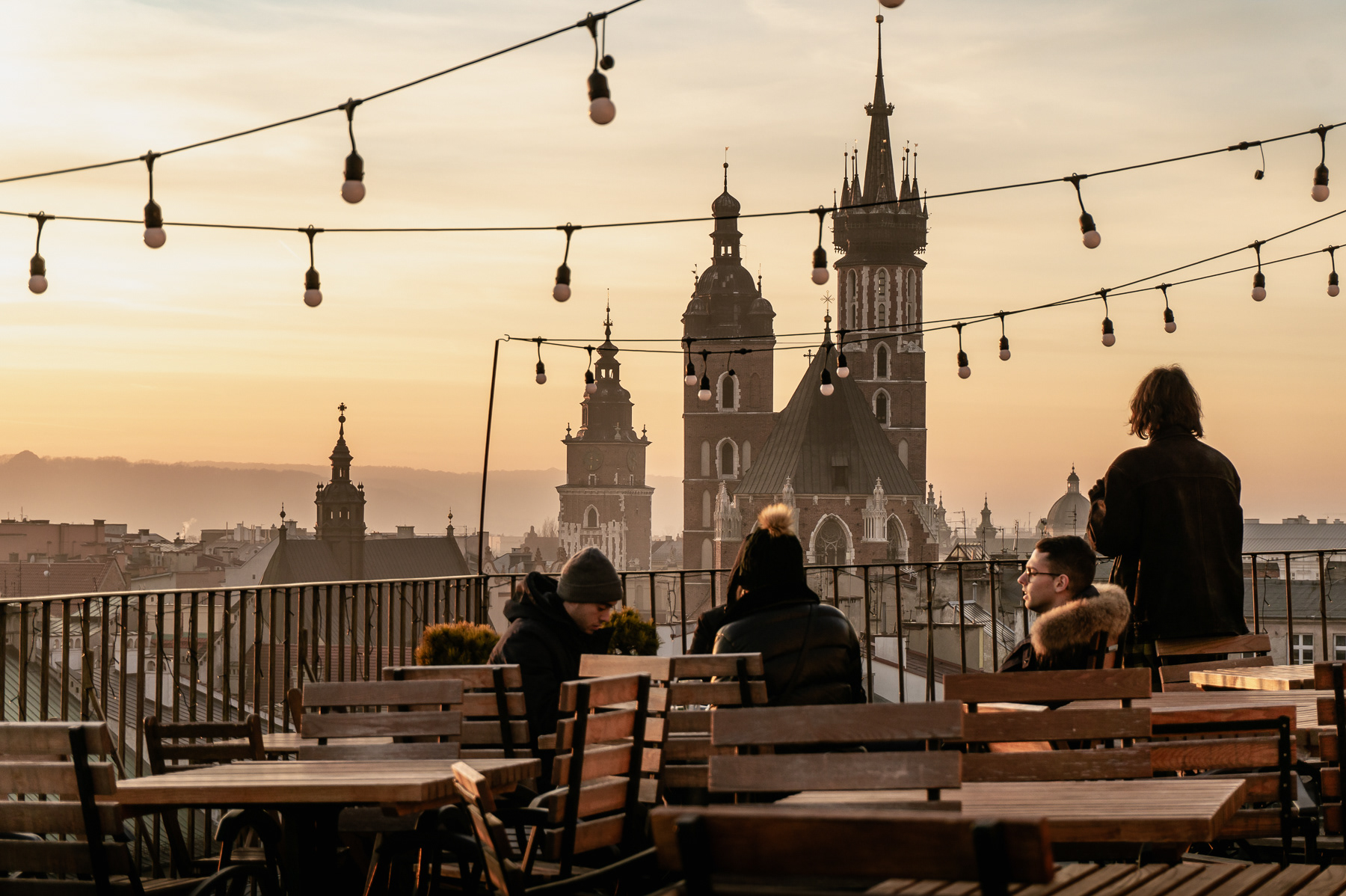
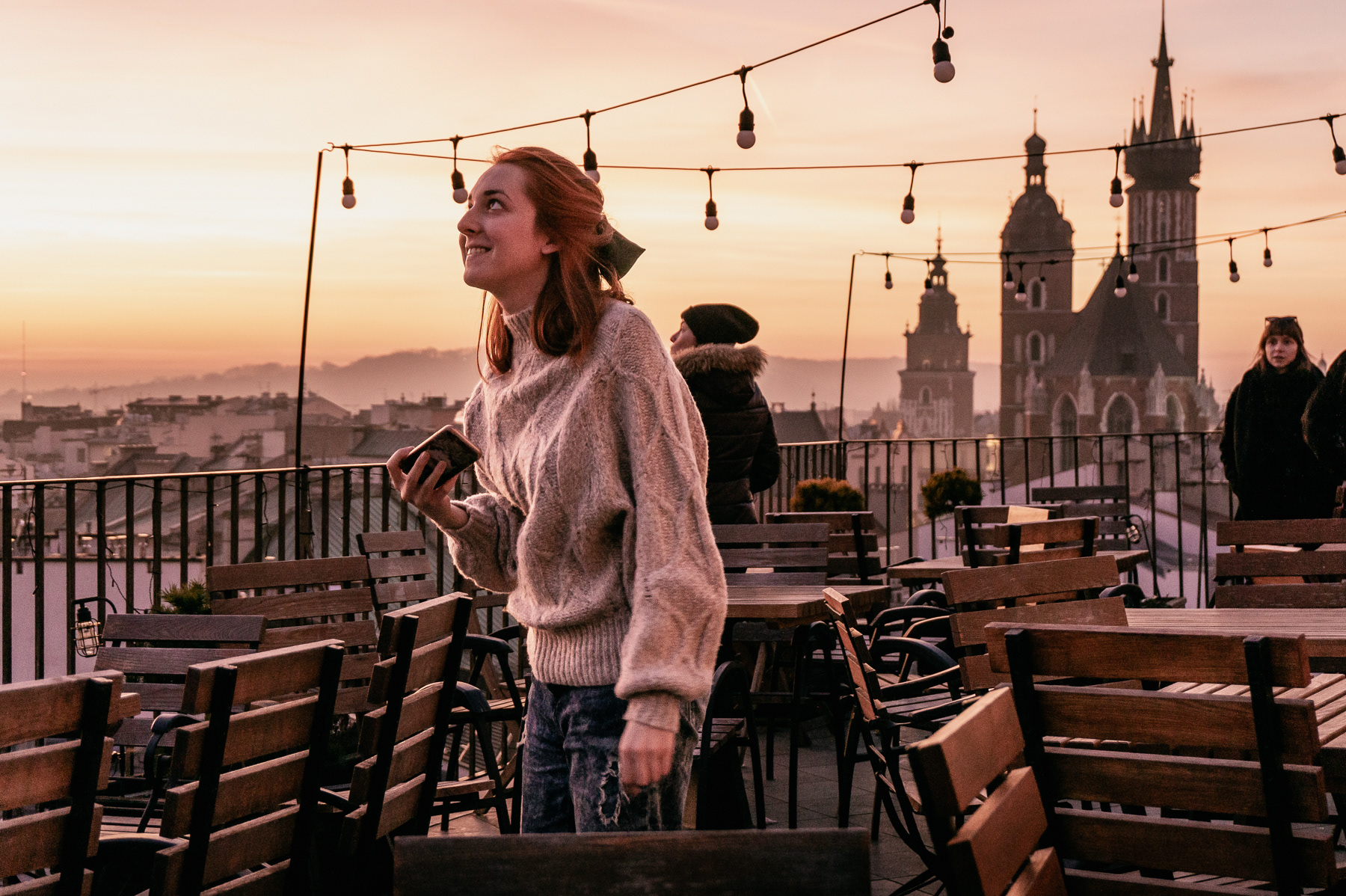
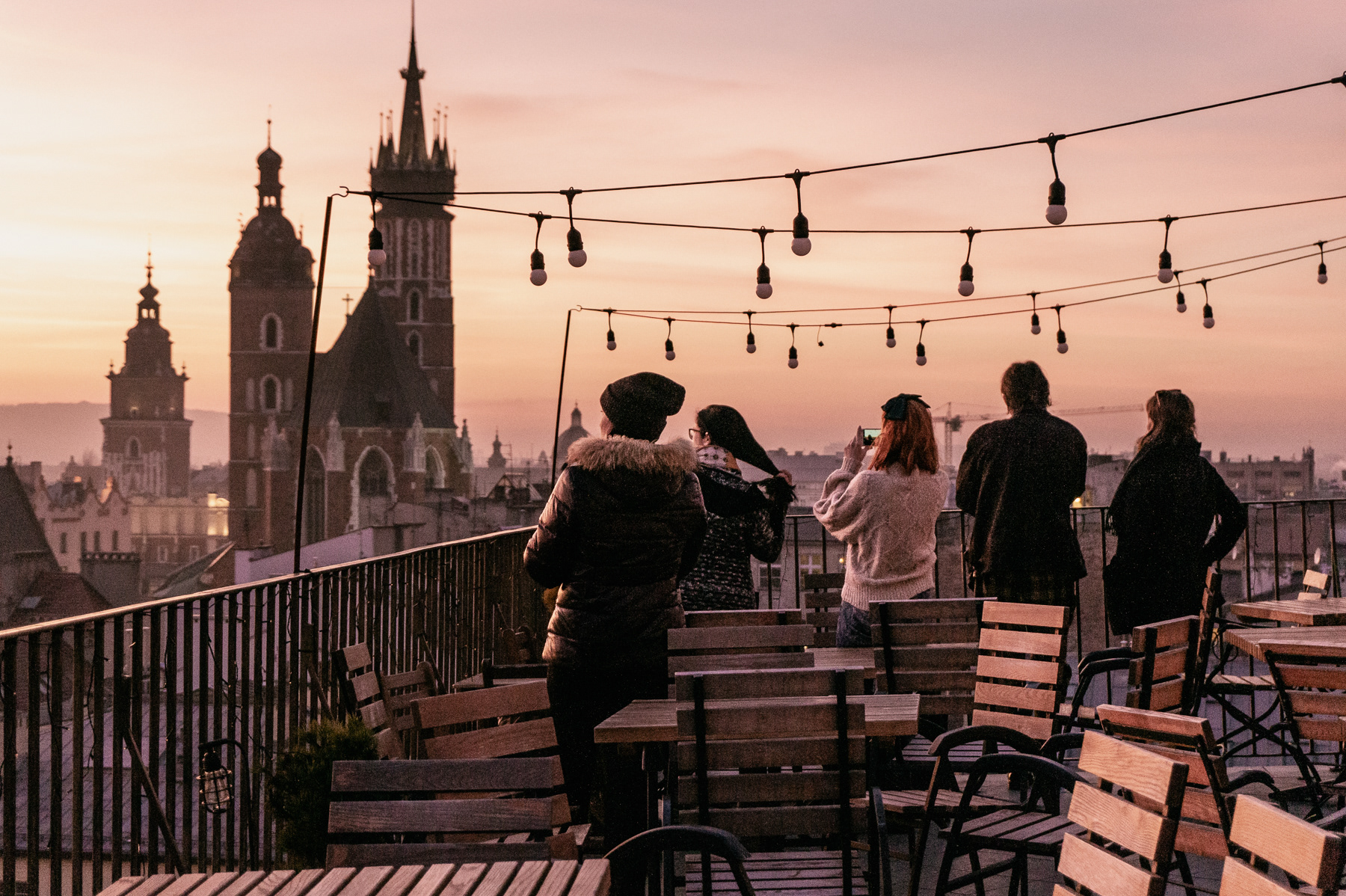
The Bazylika Mariacka during a crazy 2 January sunset.
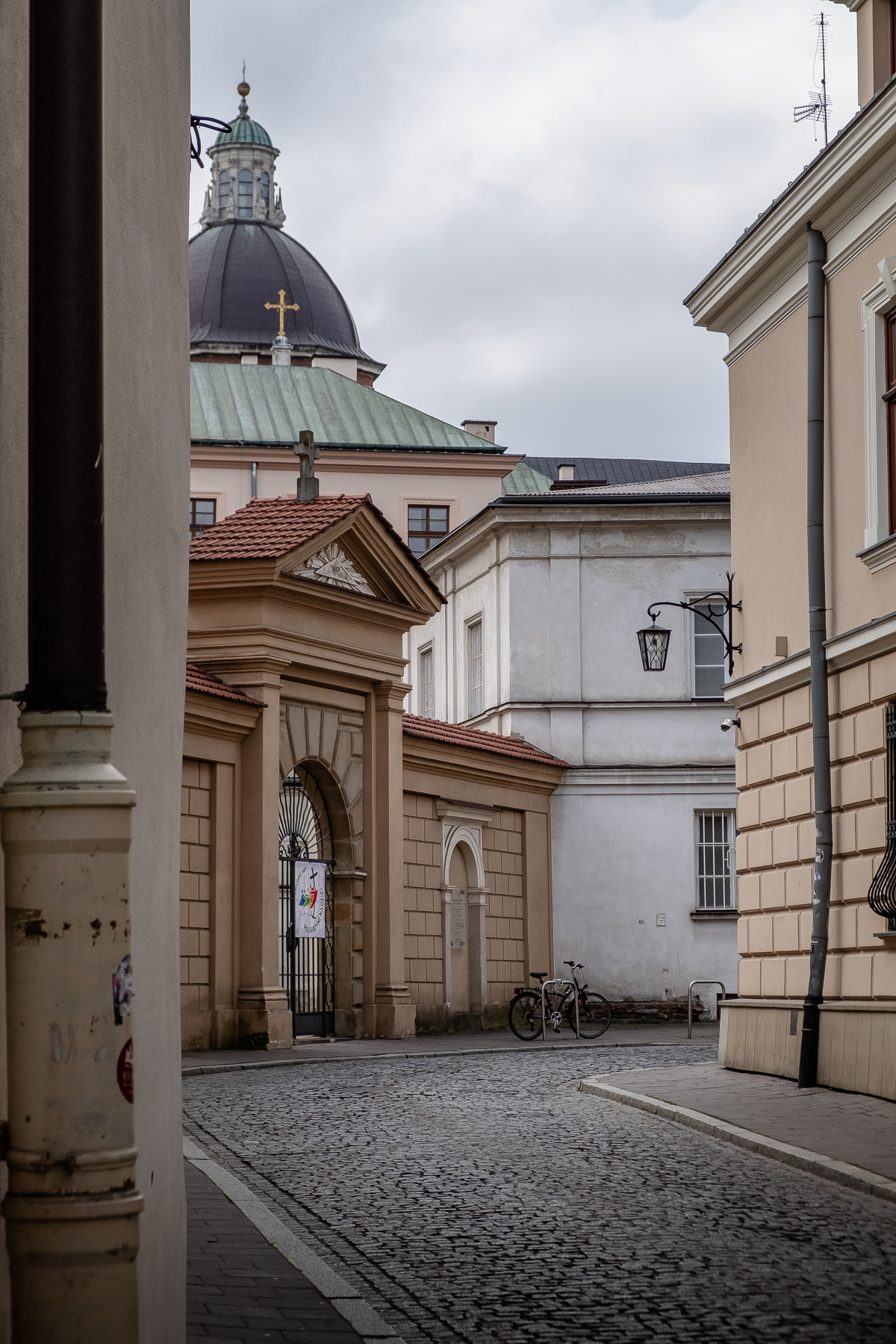
Poselska street, March 2025
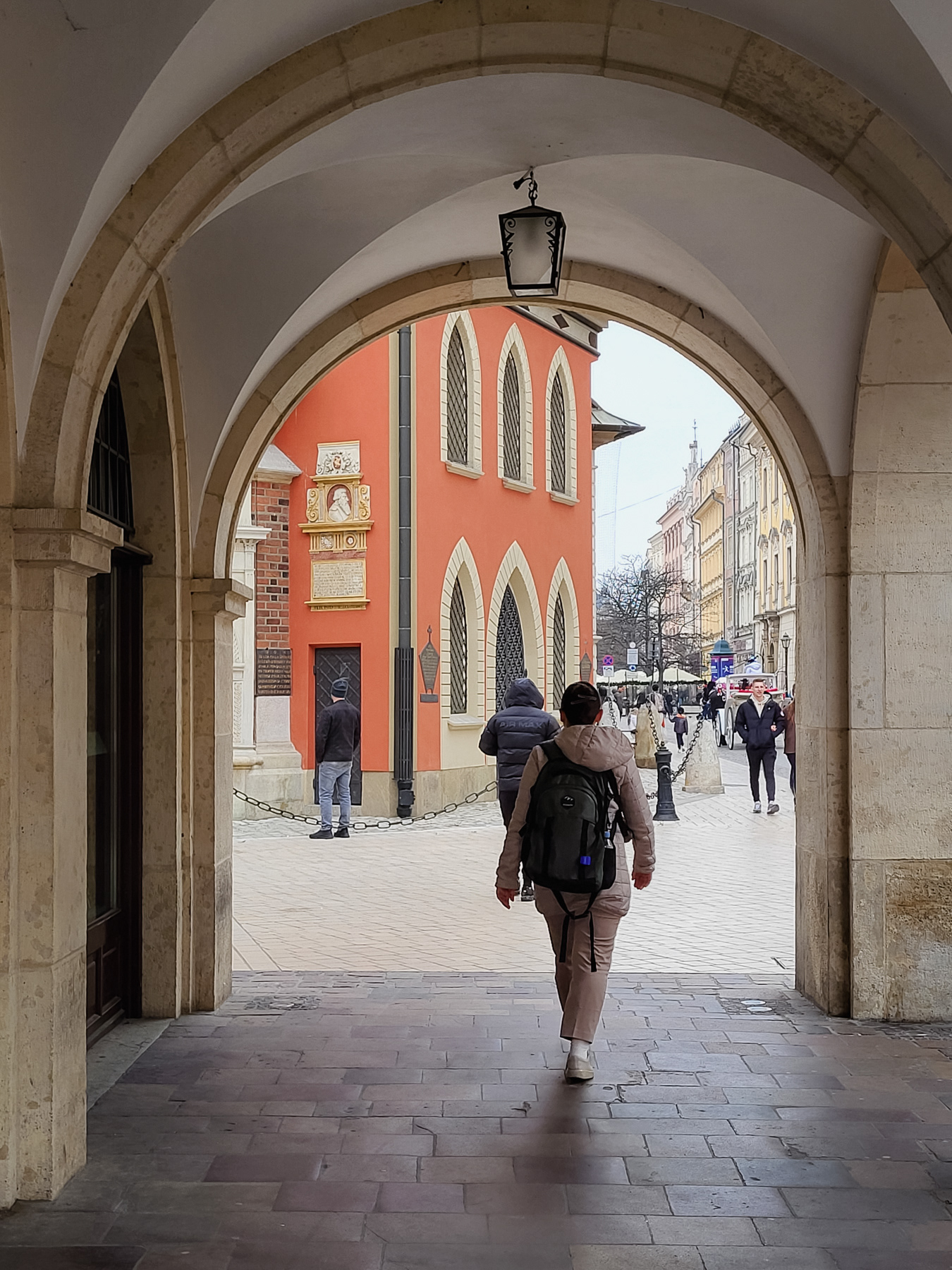
Walk-through from Mały Rynek (Little Square) to Plac Mariacki (Mariacki Square)
The main square (Rynek) with the Church of St. Wojciech, September 2025.
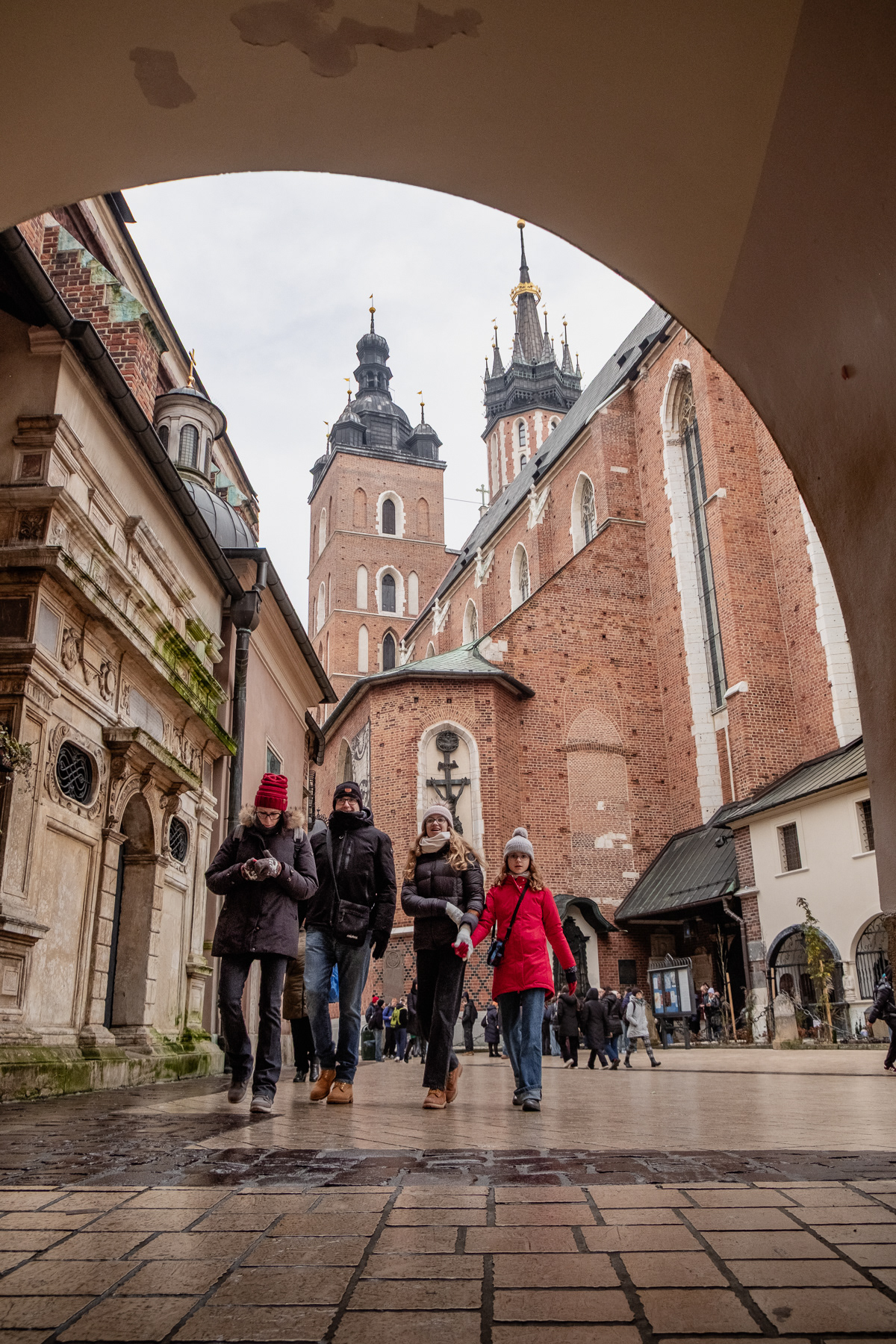
View at the St. Mary's Basilica (Bazylika Mariacka), December 2025.
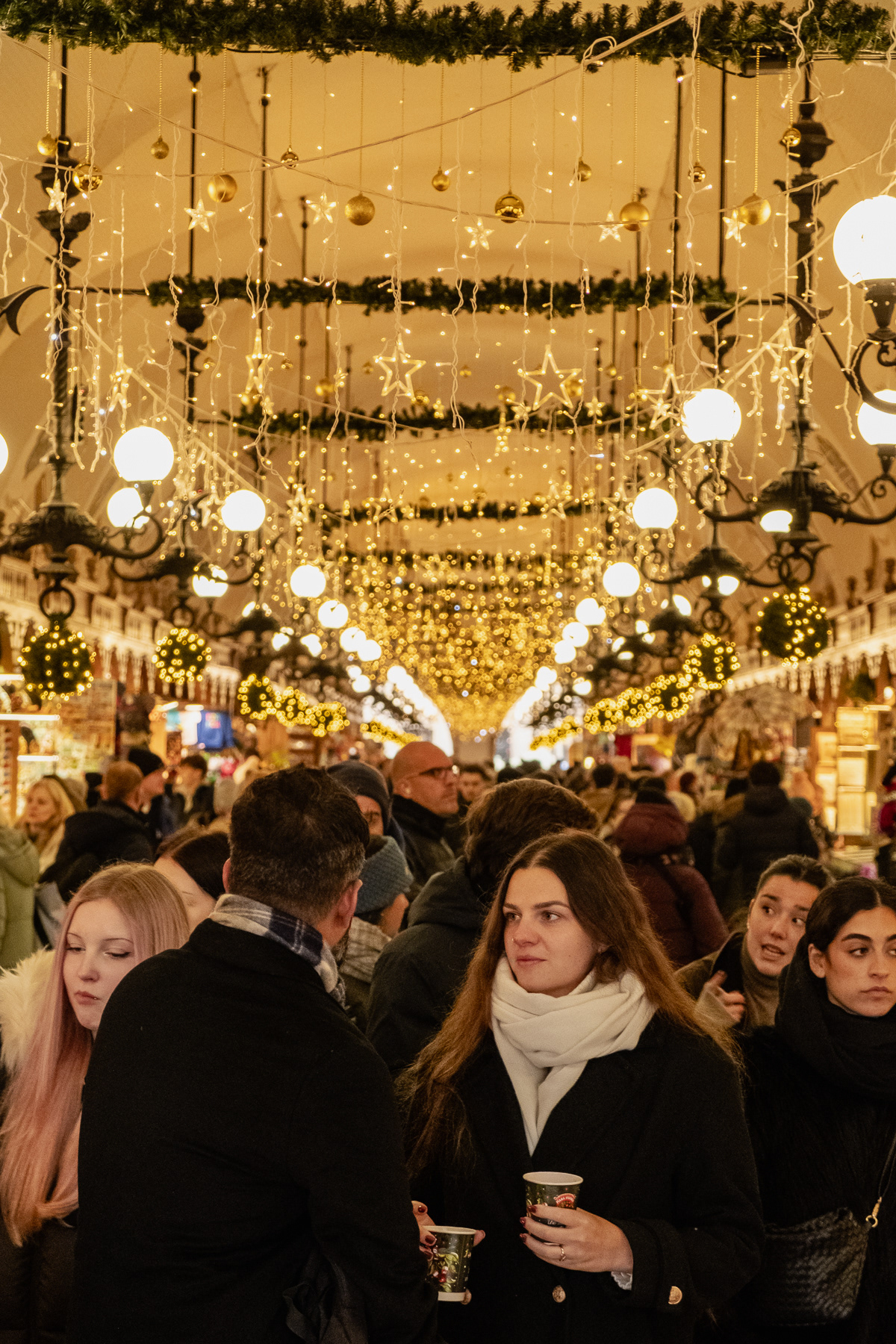
Inside the Sukiennica (Cloth Hall) bazar, December 2025.
At the Christmas Market on Main Square (Rynek), December 2025.
At the Christmas Market on Main Square (Rynek), December 2025.
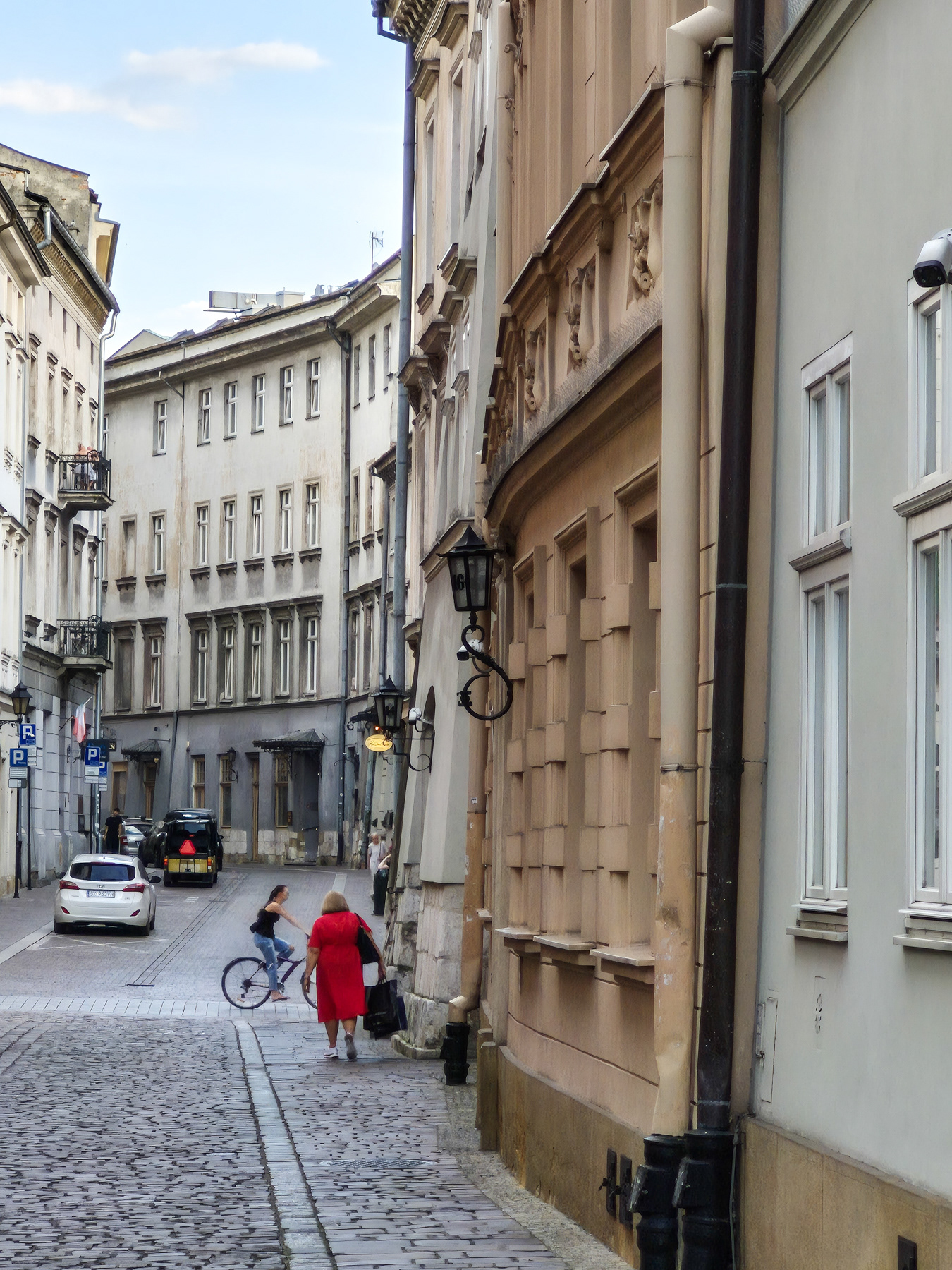
Gołębia street, September 2025.
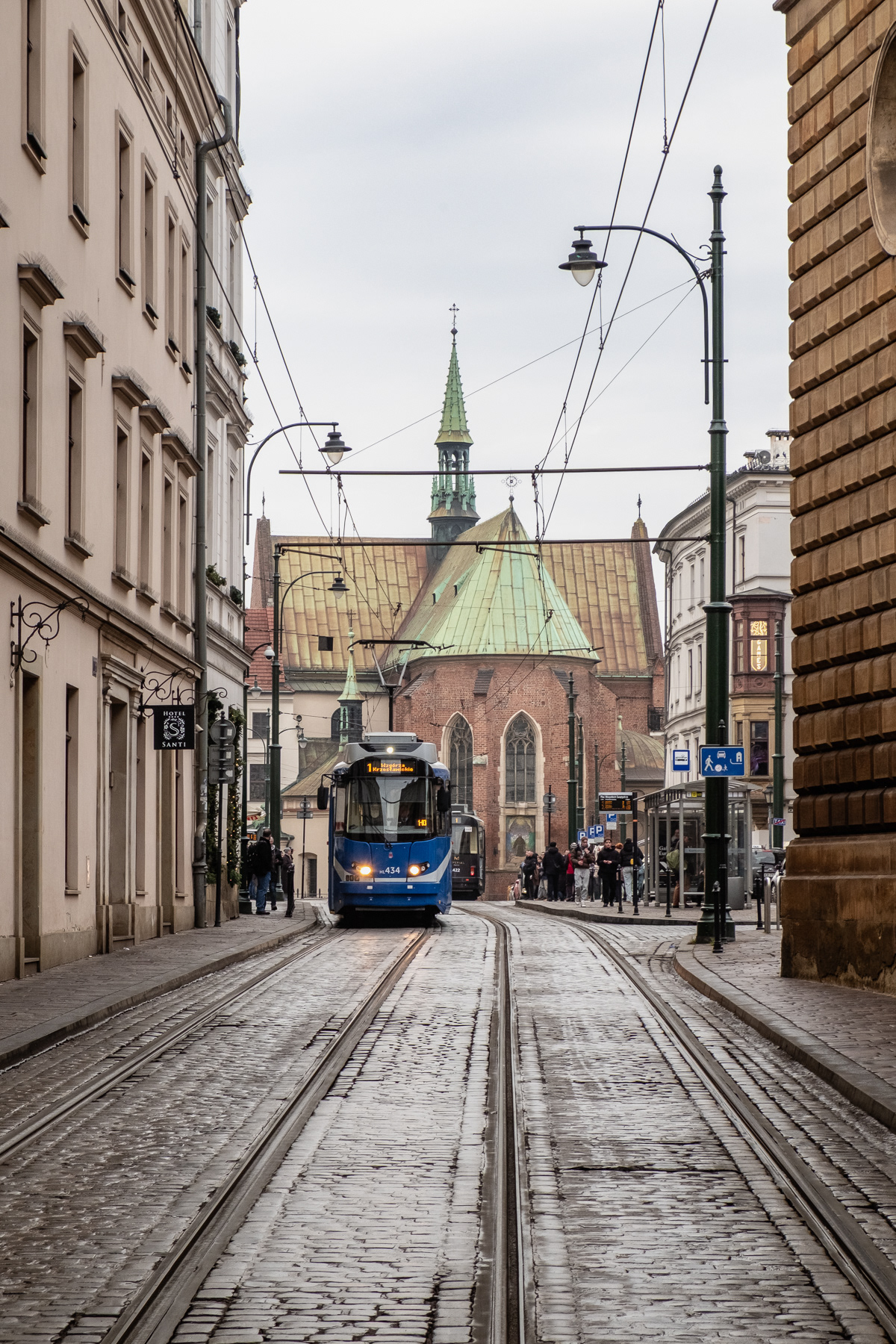
Dominikanska Street and the Basilica of St. Francis of Assisi, December 2025.
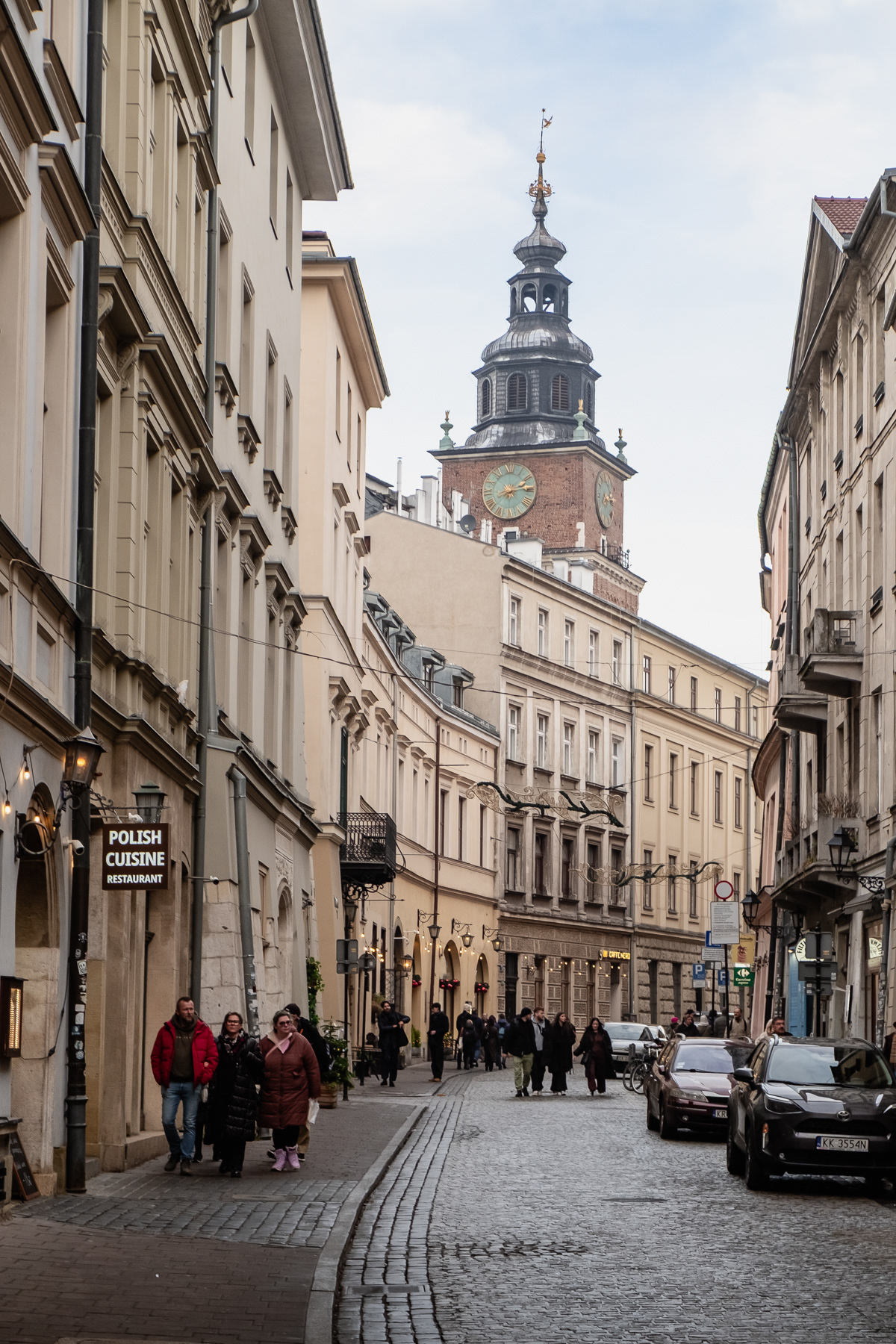
Bracka Street and the Town Hall Tower, December 2025.
The 14th century university building Uniwersytetu Jagiellońskiego Collegium Maius, September 2025.

Details of the Uniwersytetu Jagiellońskiego Collegium Maius.
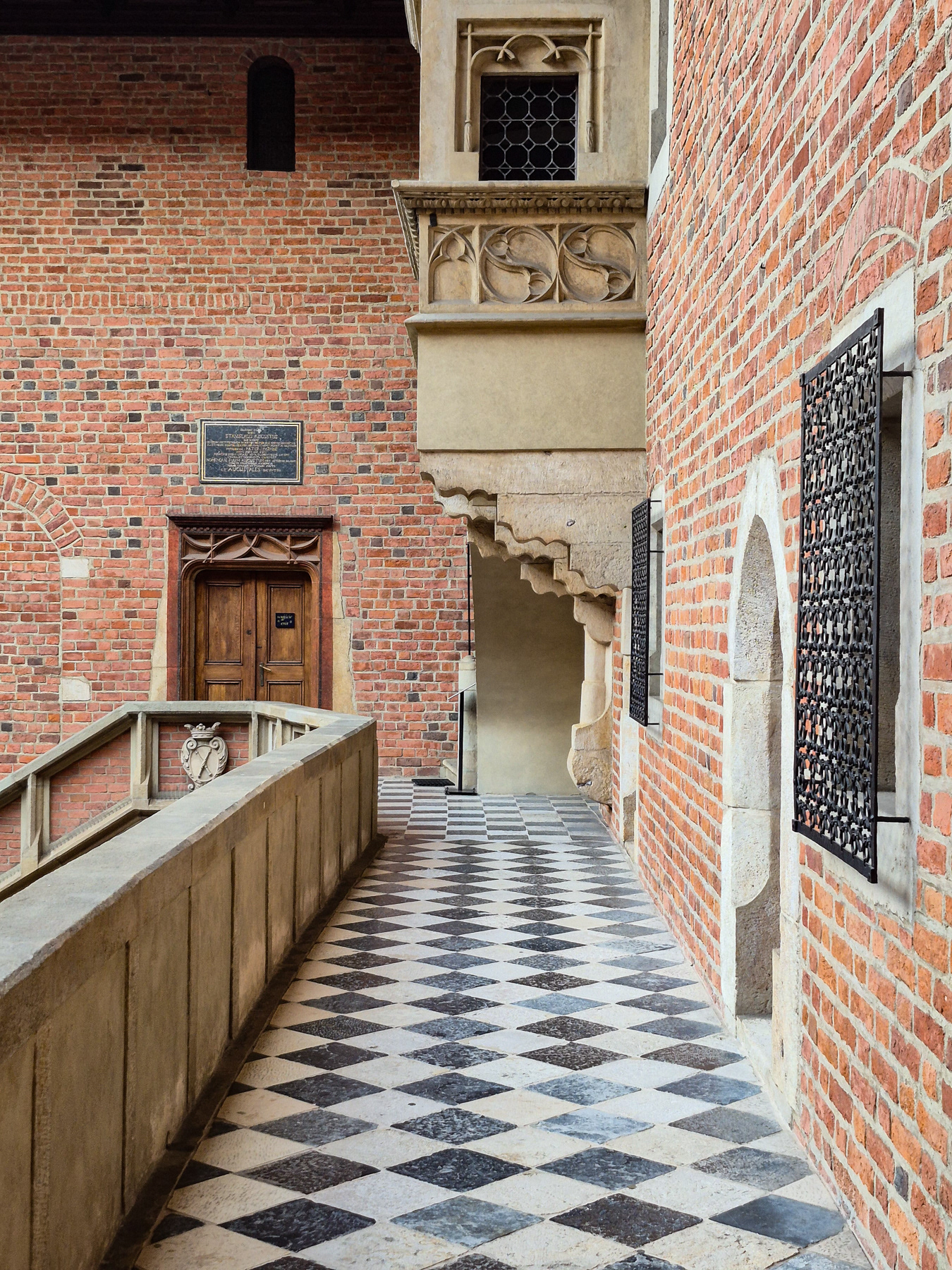
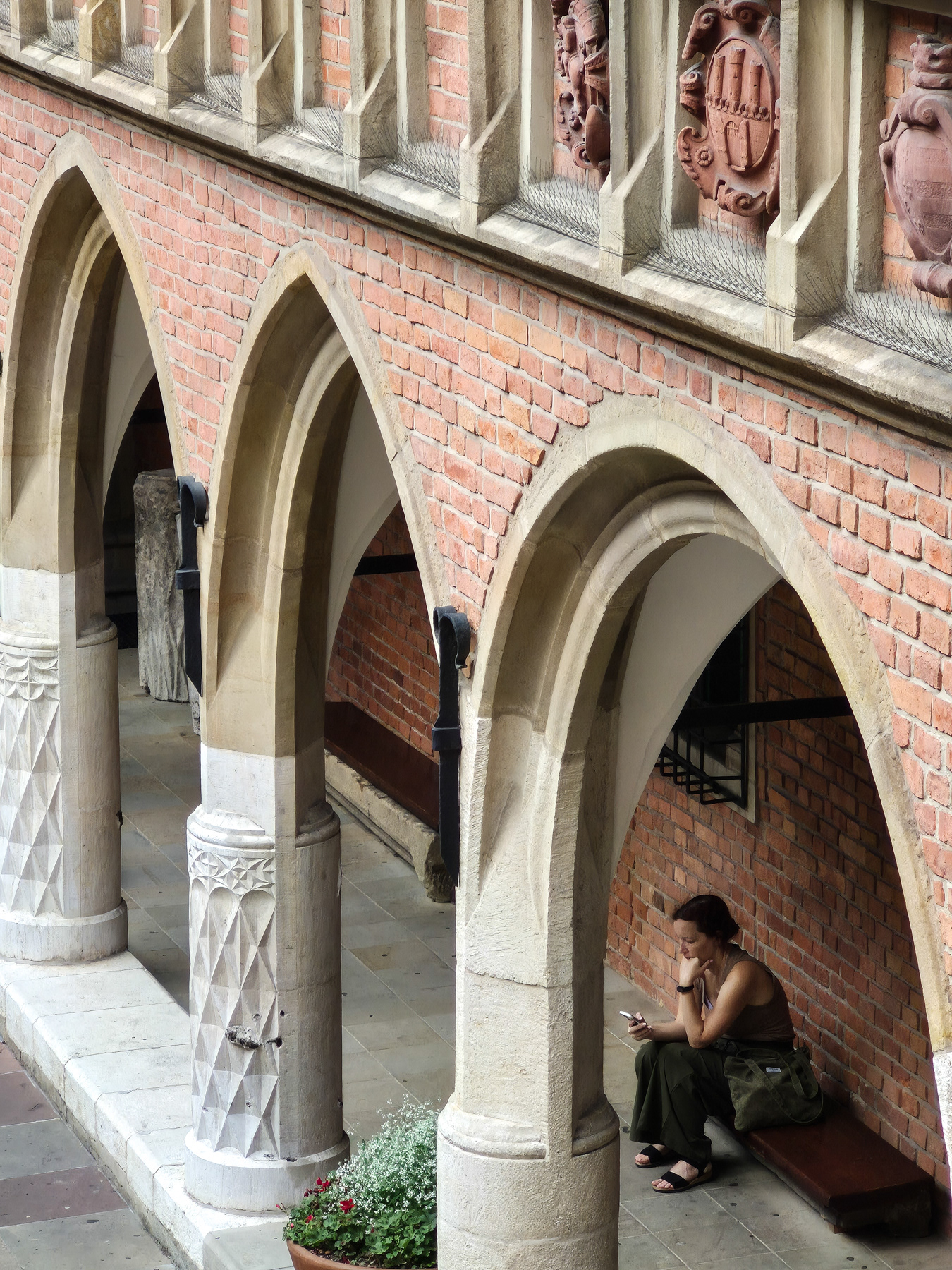
The Renaissance courtyard inside Wavel Castle, March 2025.
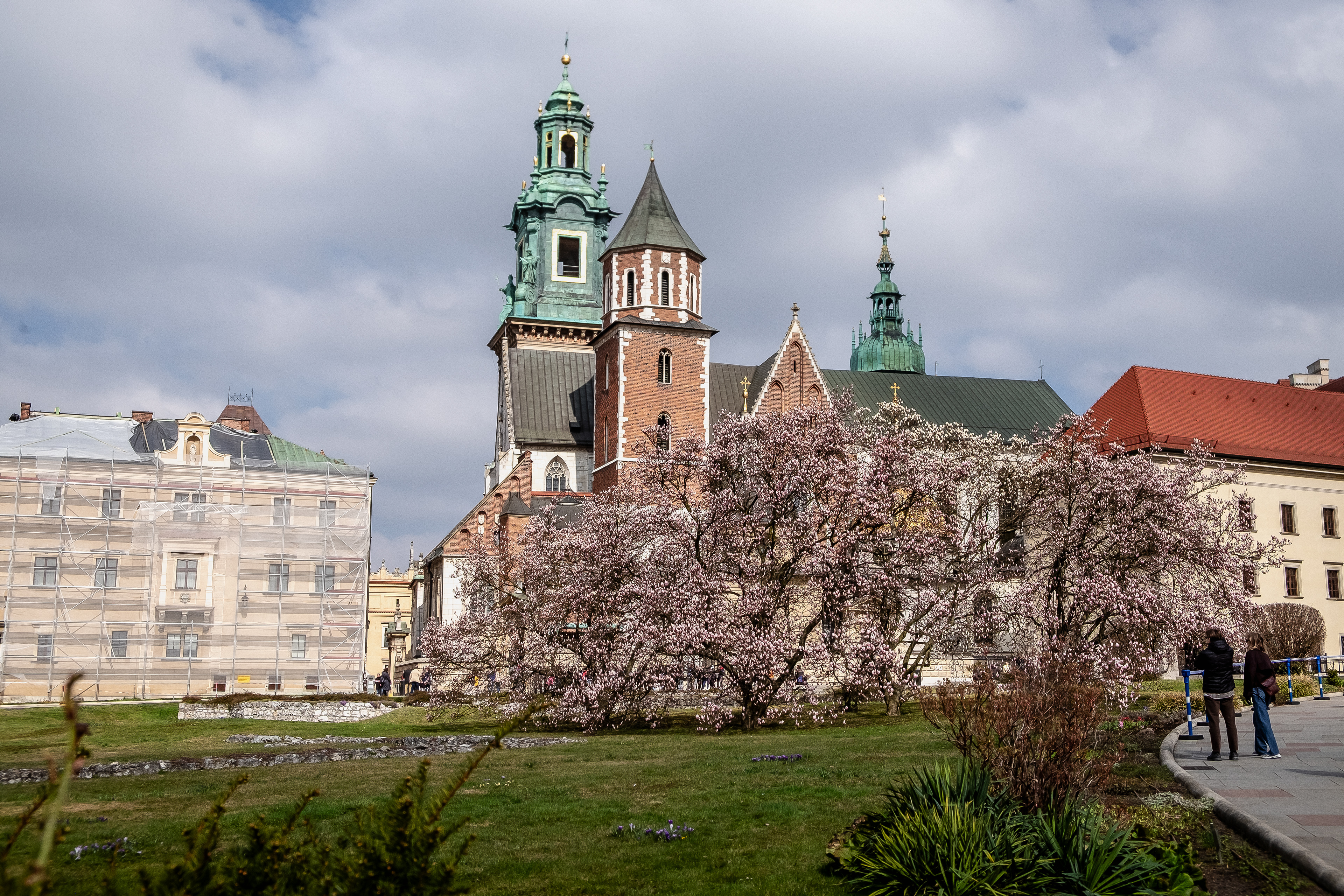
The Wavel Cathedral, March 2025.
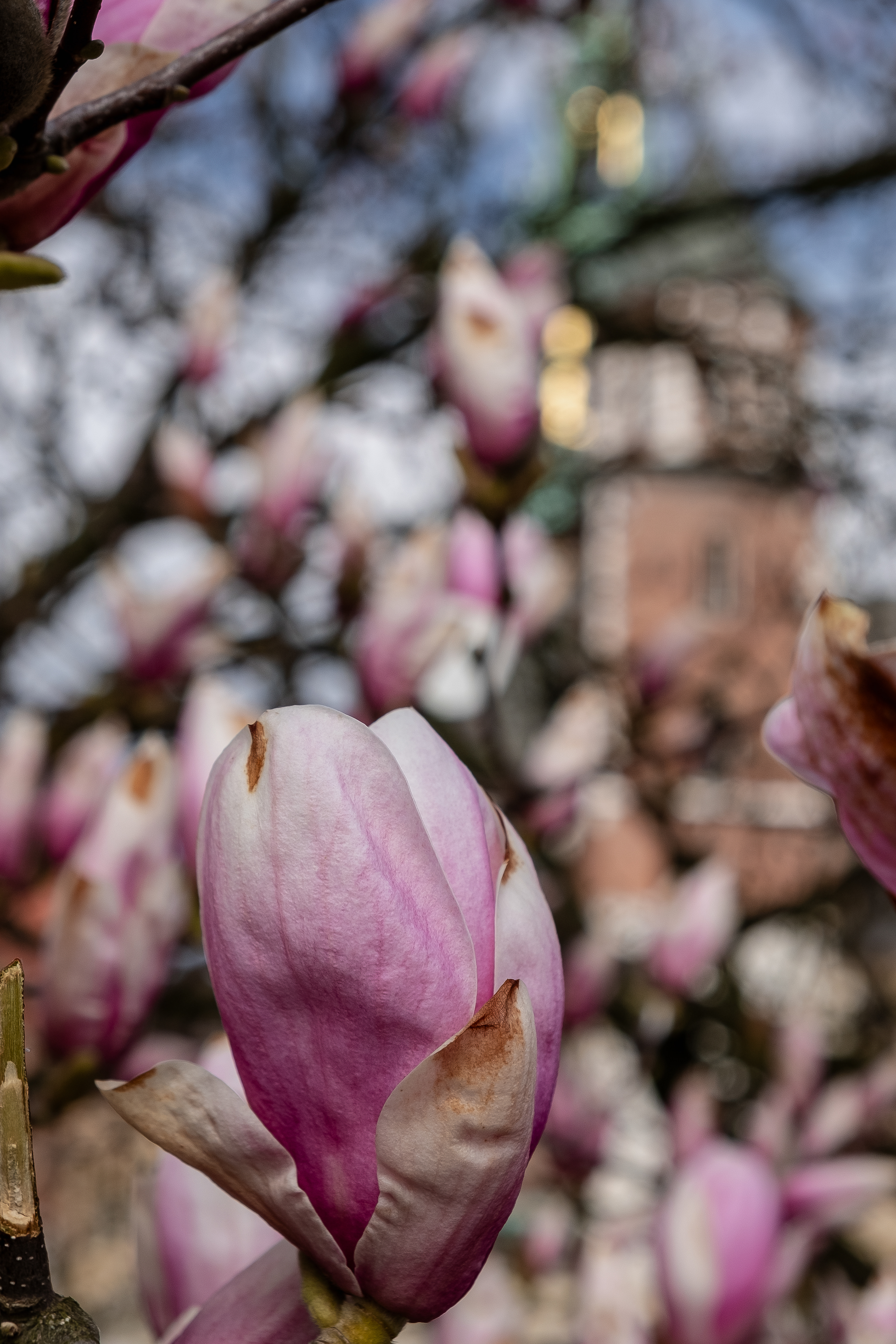
Magnolia flourishing in March 2025.
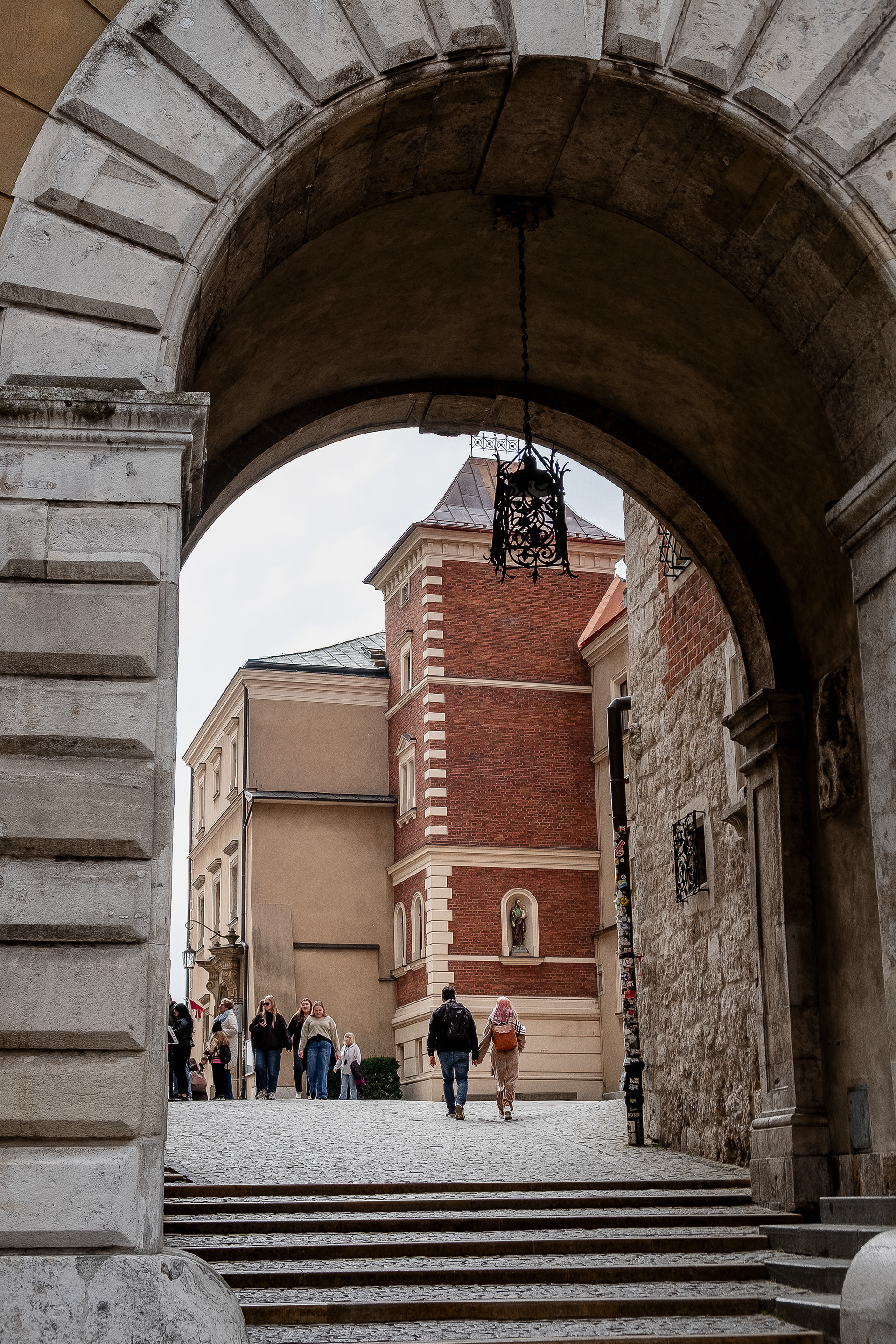
North entrance of Wavel Castle.
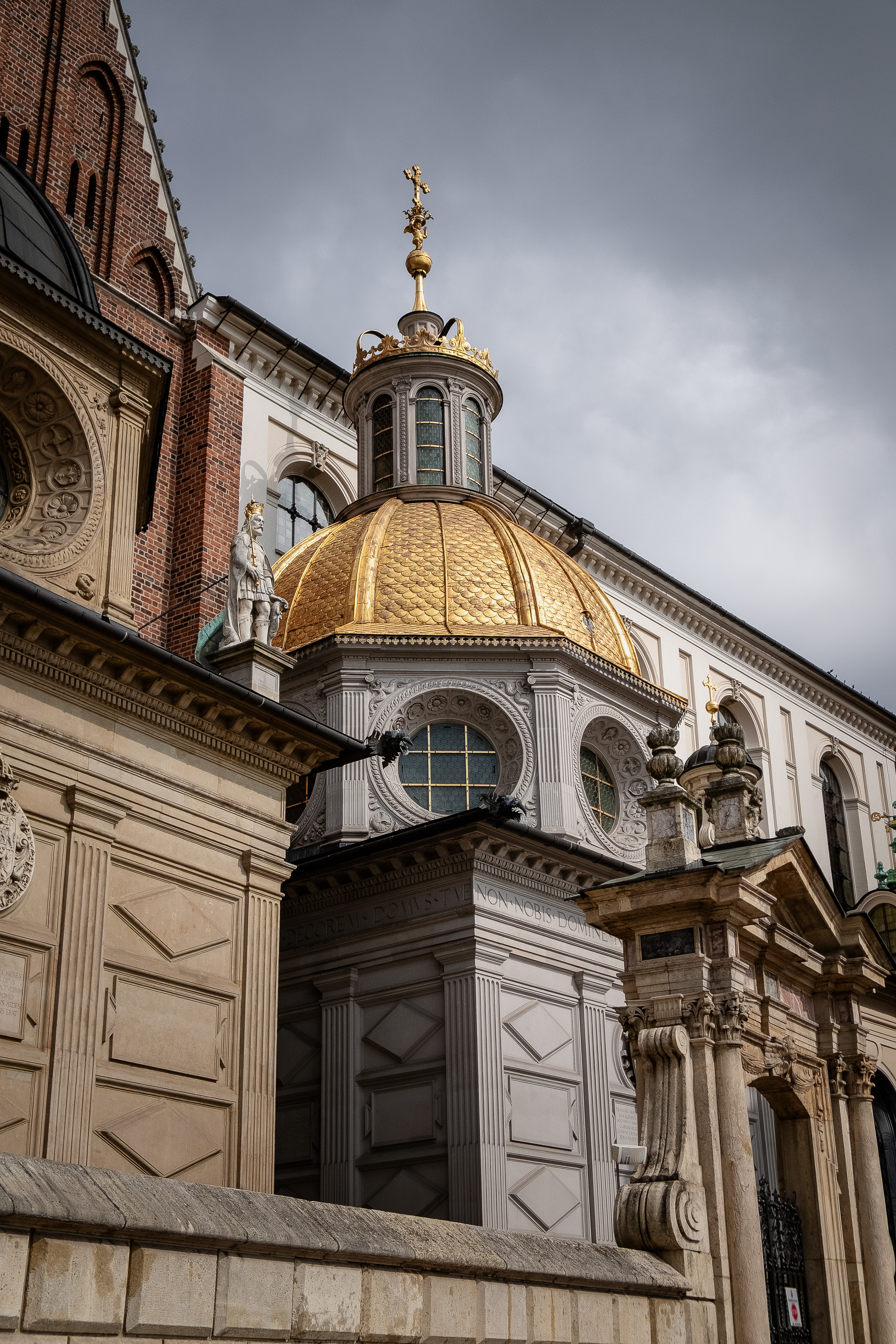
A chapel of the Wavel Cathedral.
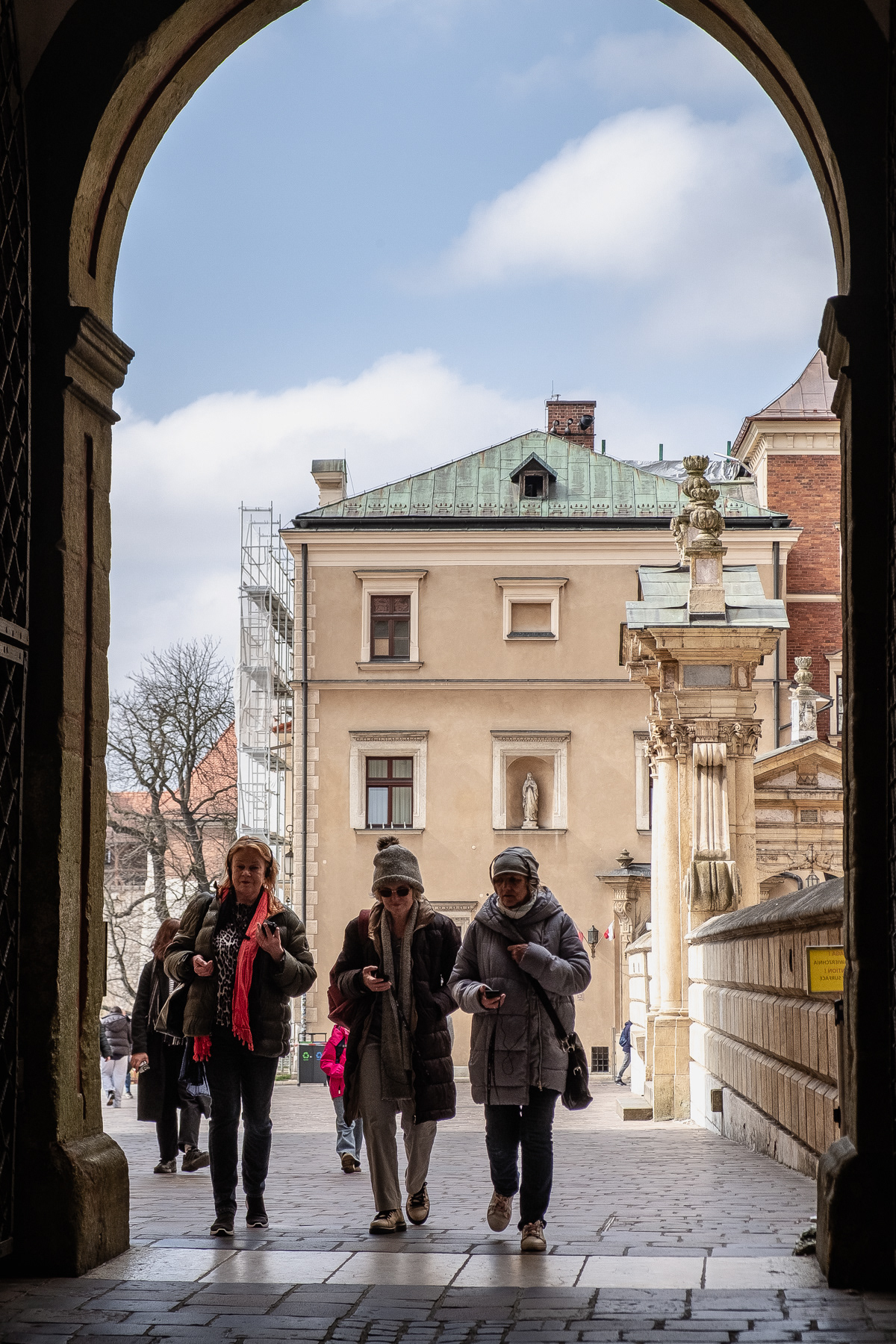
Gateway to the Rennaissance parts.
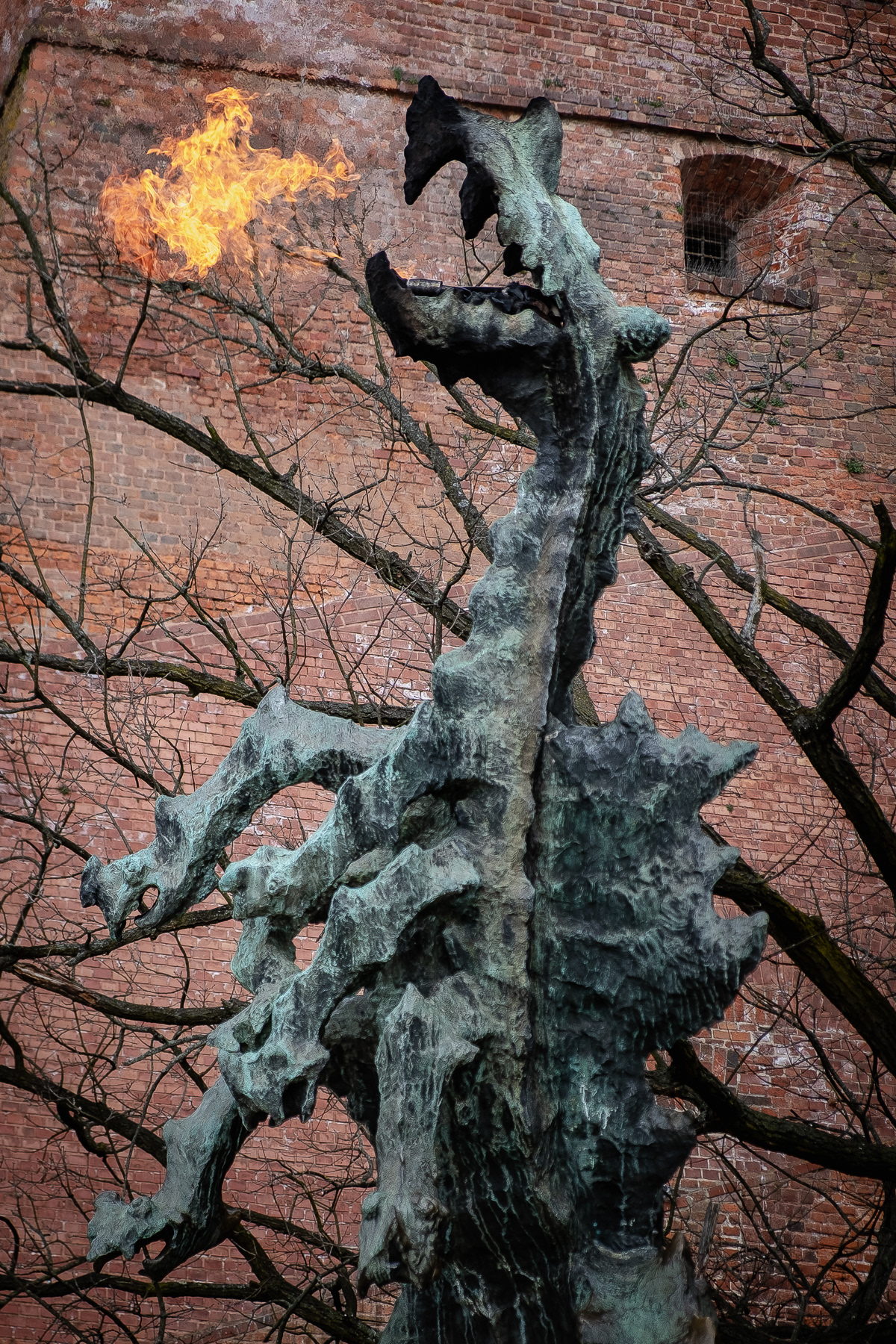
The Wavel Dragon in action.
One of the more fancy rooms inside Wavel Castle. The arches were added more recently, after a fire damaged parts of the castle.
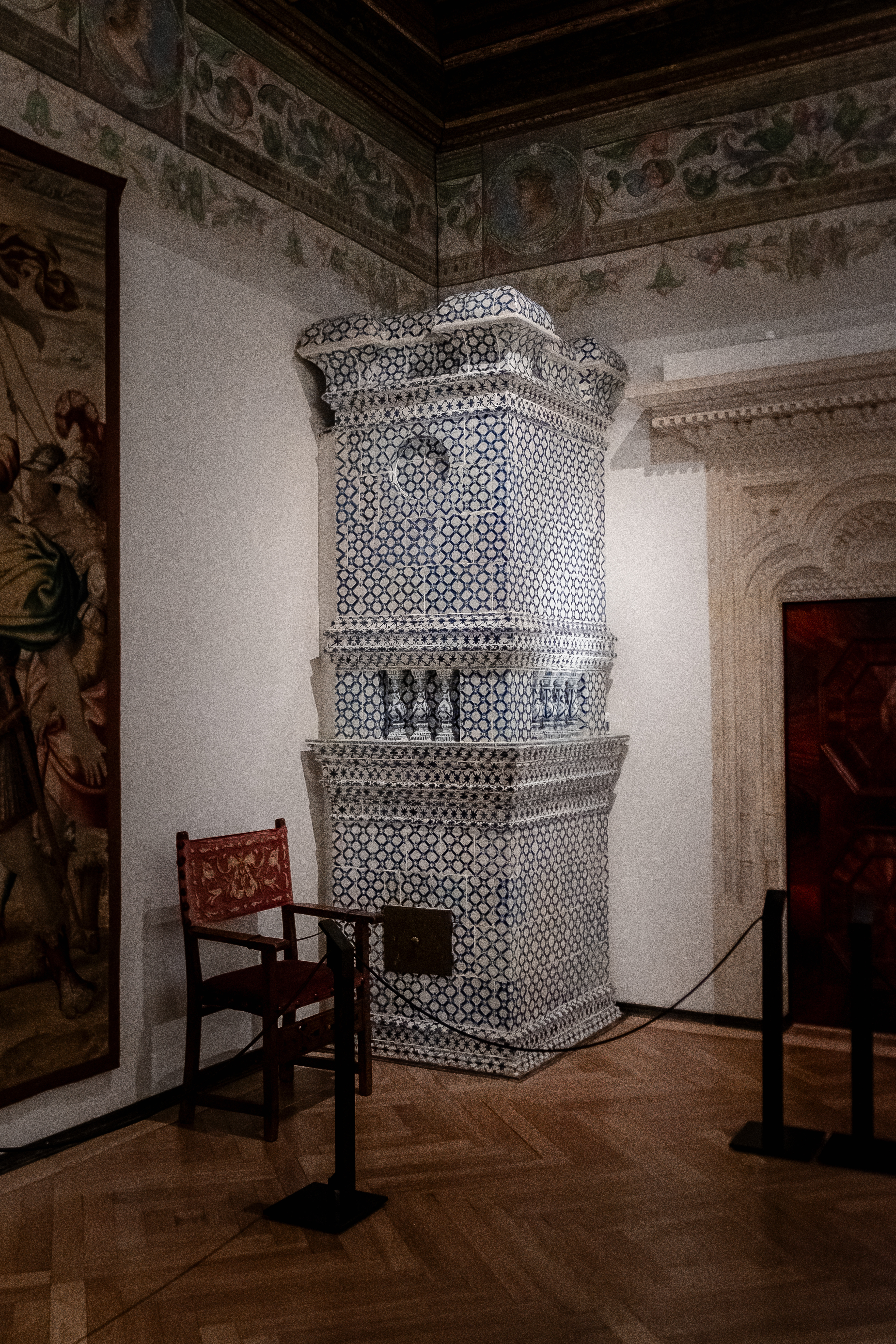
A beautiful tiled stove inside Wavel Castle.
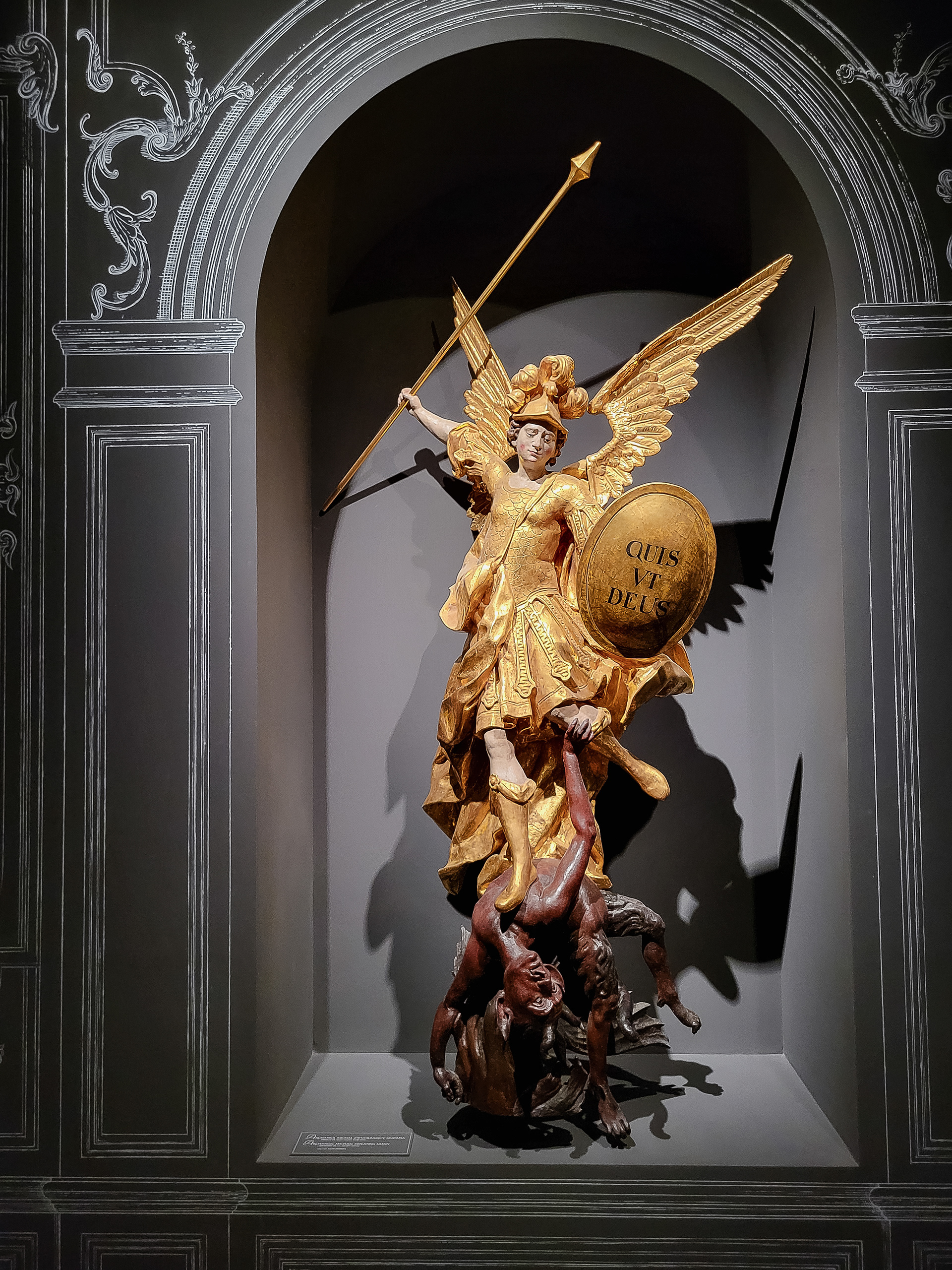
Inside Wavel Castle.
Admiring the silver collection of the Wavel Castle tour.
A passer-by in Bożego Ciała street, March 2025.
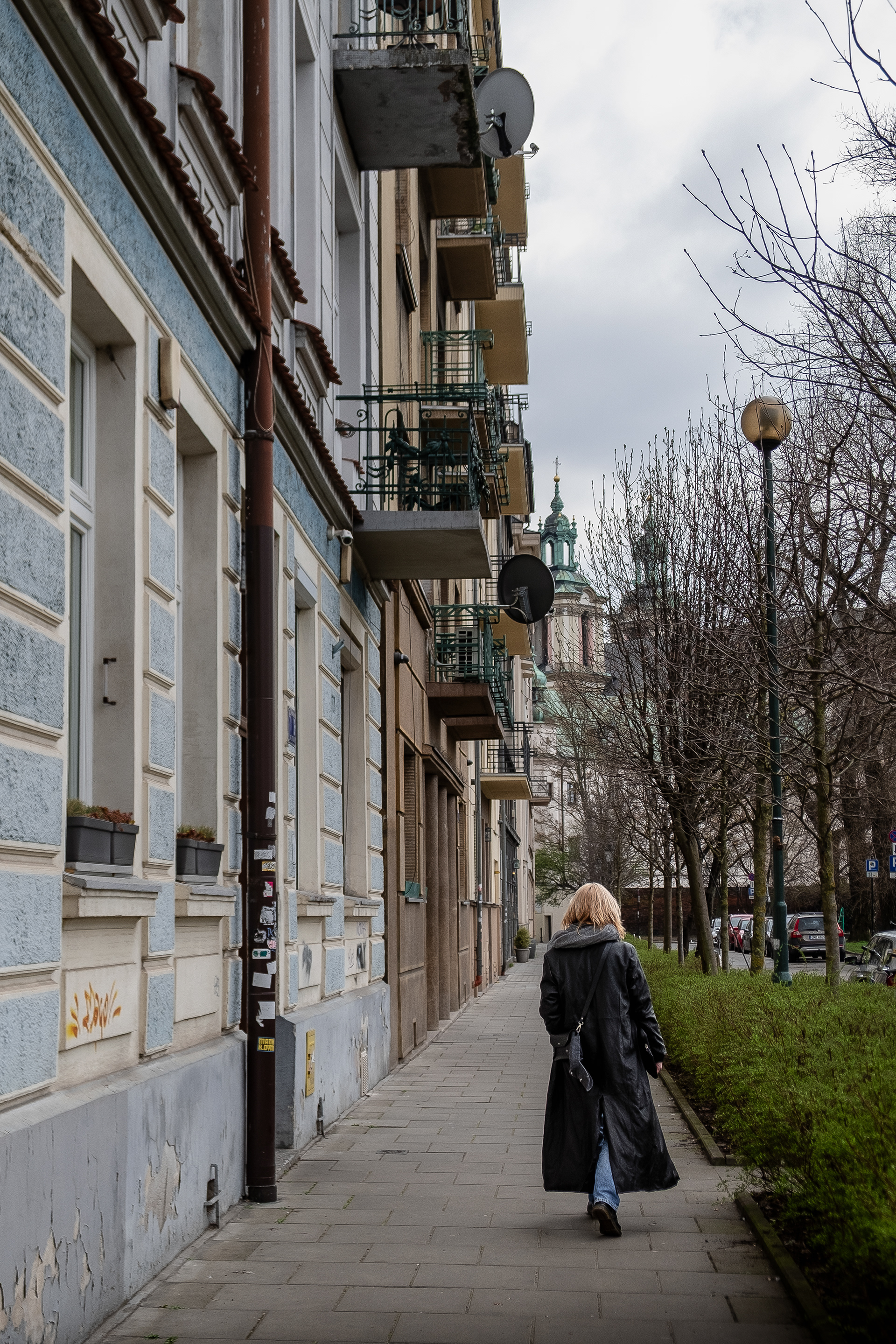
Świętego Stanisława street with the Basilica of St. Michael the Archangel in the background.
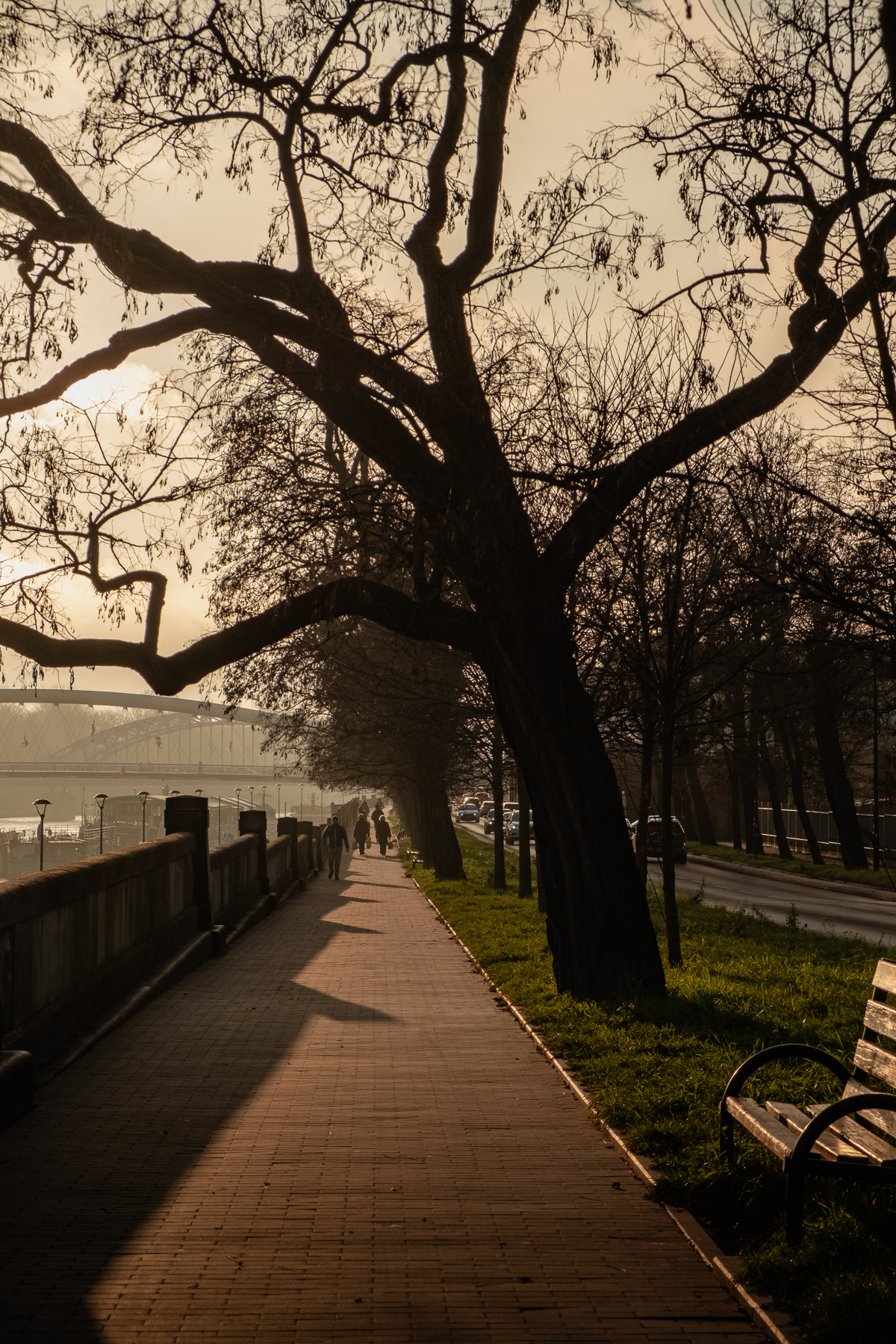
Footpath overlooking the Wisła (Vistula) river on a late December 2025 day.
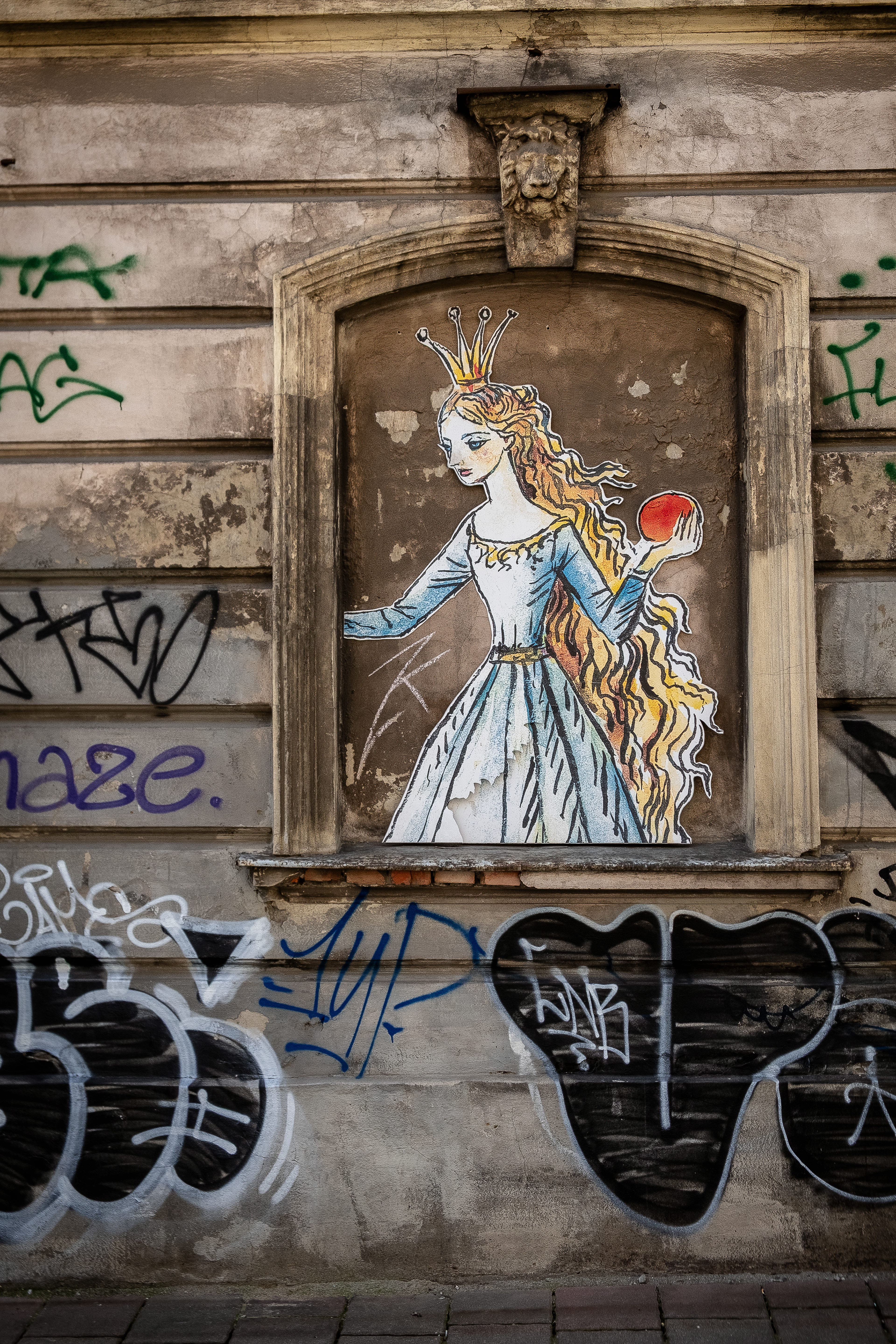
The princess.
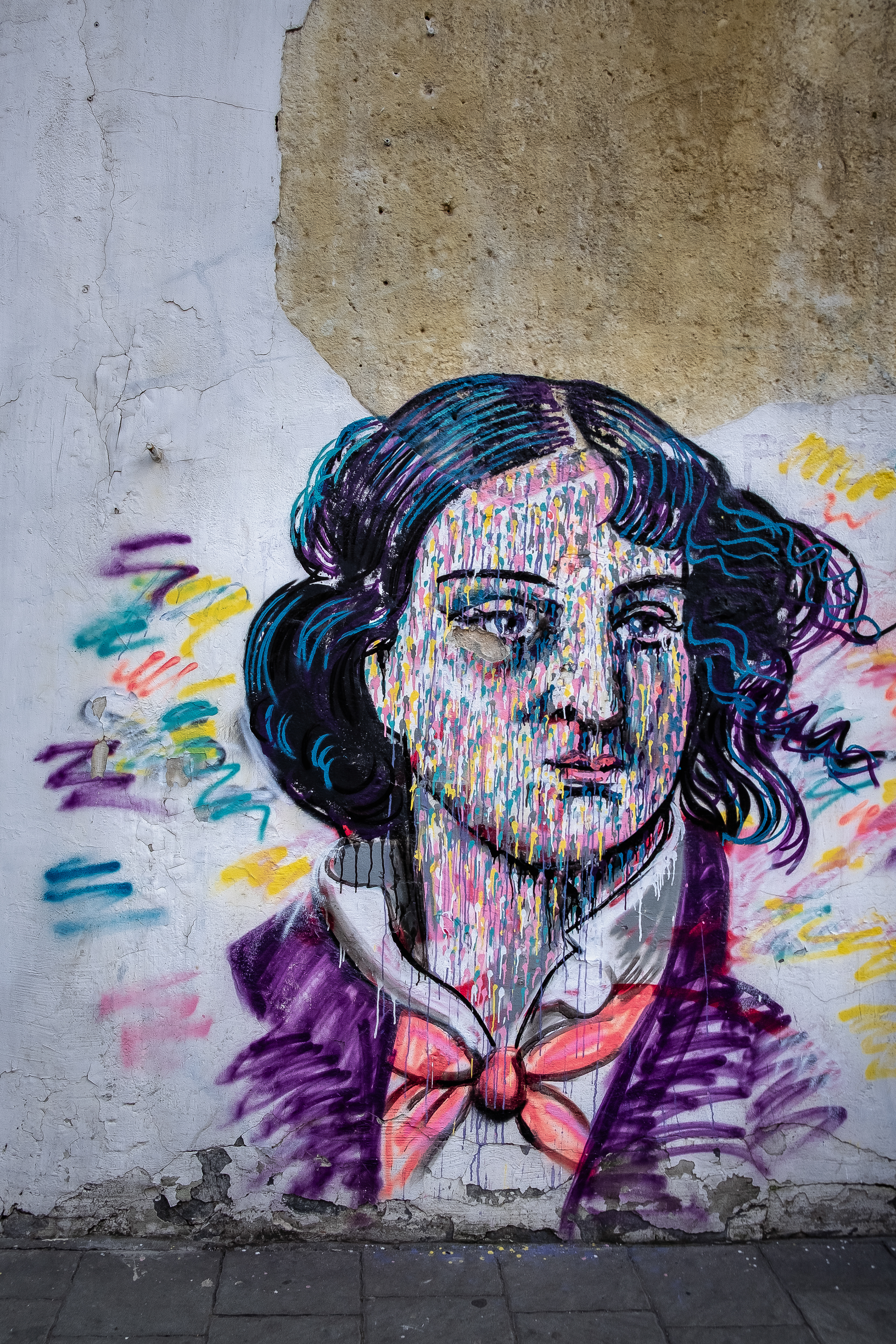
The monsieur.
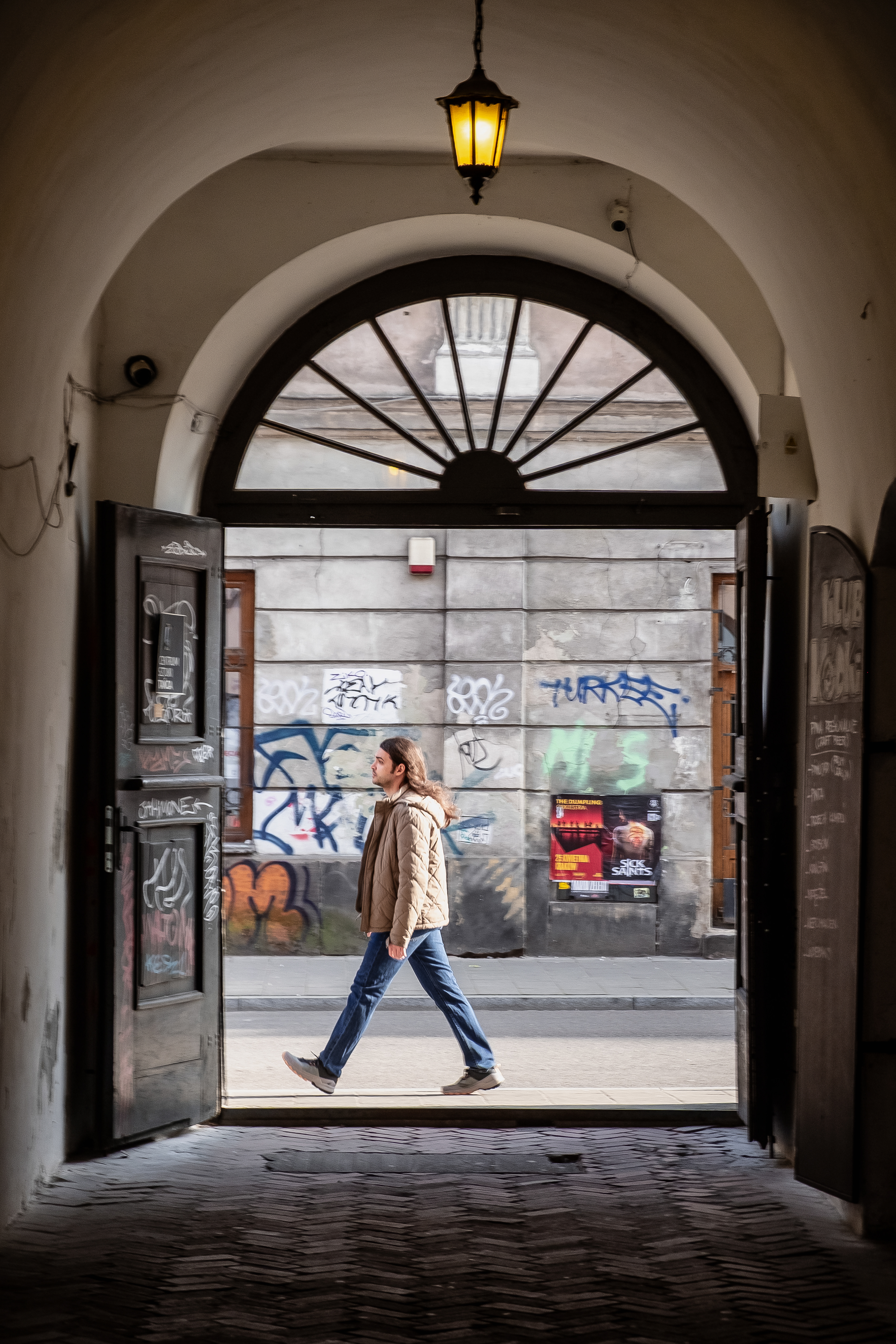
View into Joszefa street.
Most Marszałka Józefa Piłsudskiego, or simply "The Blue Bridge", connects Kazimierz (on the left) with Podgórze (on the right), and is arguably the most beautiful river crossings of the city. December 2025.
"The Blue Bridge" now facing the Podgórze side. Turn right and you will end up in a nice park. December 2025.Wisła
Underneath the Podgórze triple railroad /pedestrian / bicycle bridge, Podgórze side, December 2025.
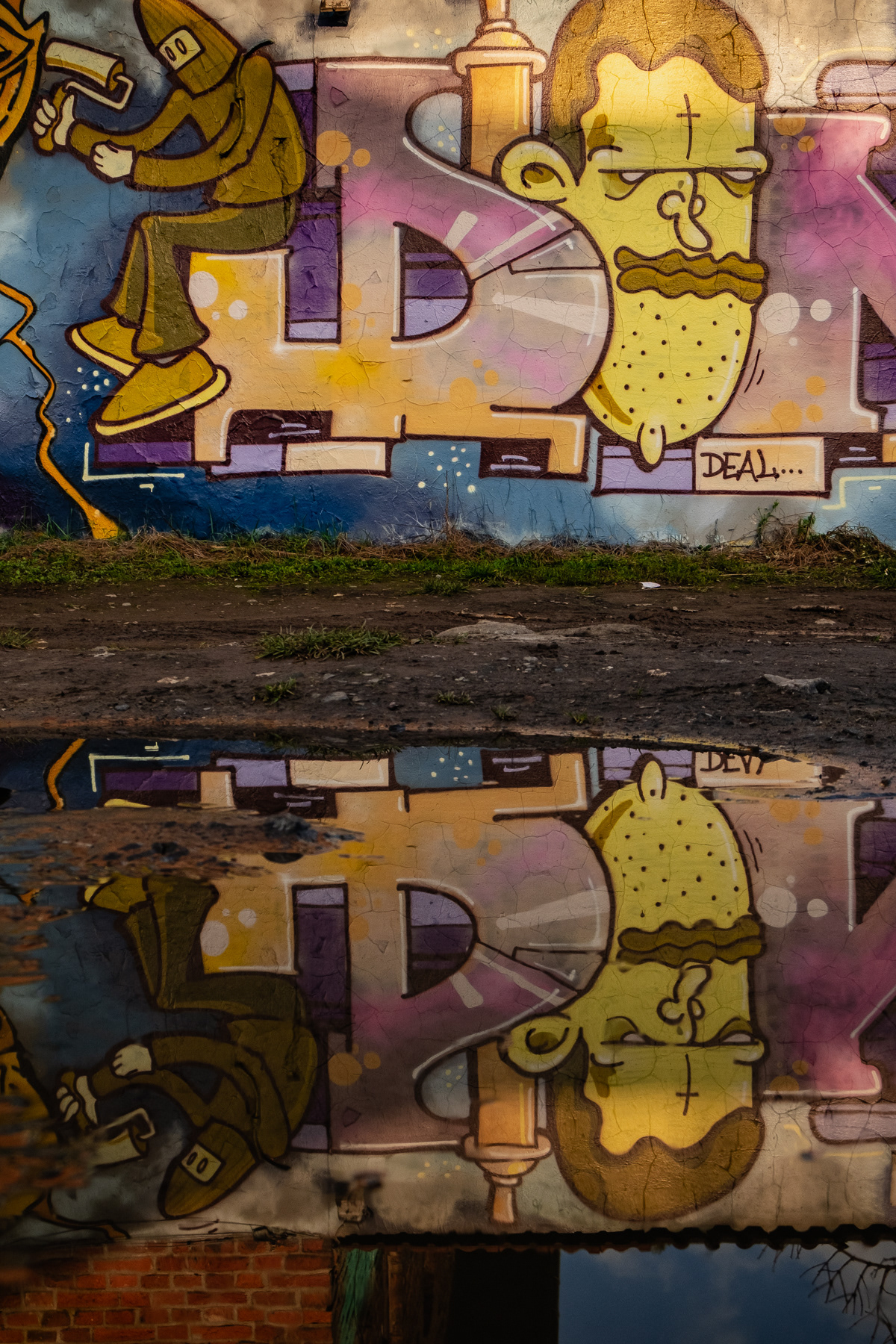
Grafitti art work in Podgórze, December 2025.
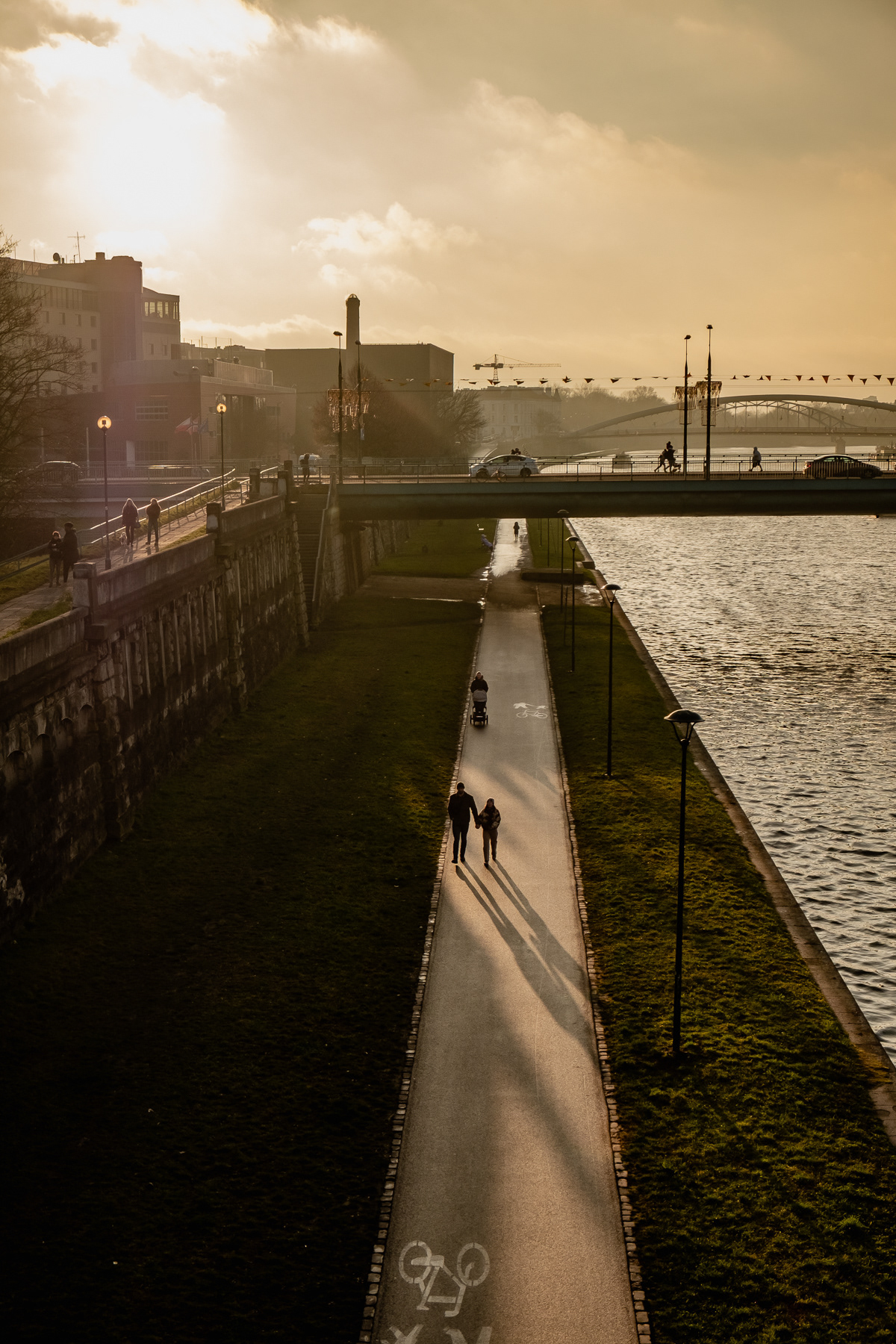
A late afternoon stroll on the bicycle/pedestrian path at the river, Podgórze, December 2025.
Three bridges in a row in a late December day: the Most Powstańców Śląskich, the Kładka Bernatka ("Bridge of Love") and the Most Most Marszałka Józefa Piłsudskiego ("The Blue Bridge") furthest away. December 2025.
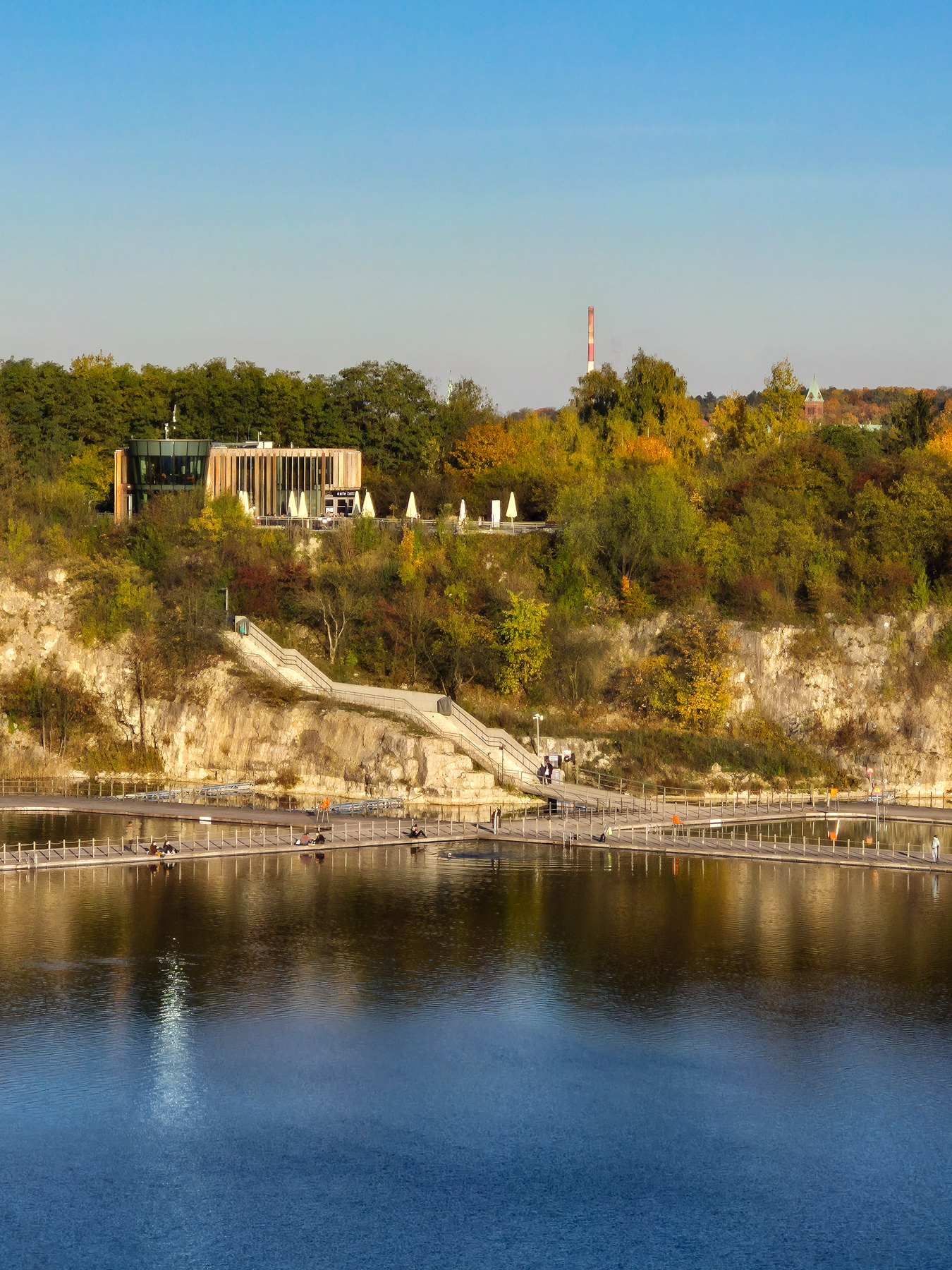
Zakrzówek's own, and relatively new, restaurant and floating jetties, October 2025.
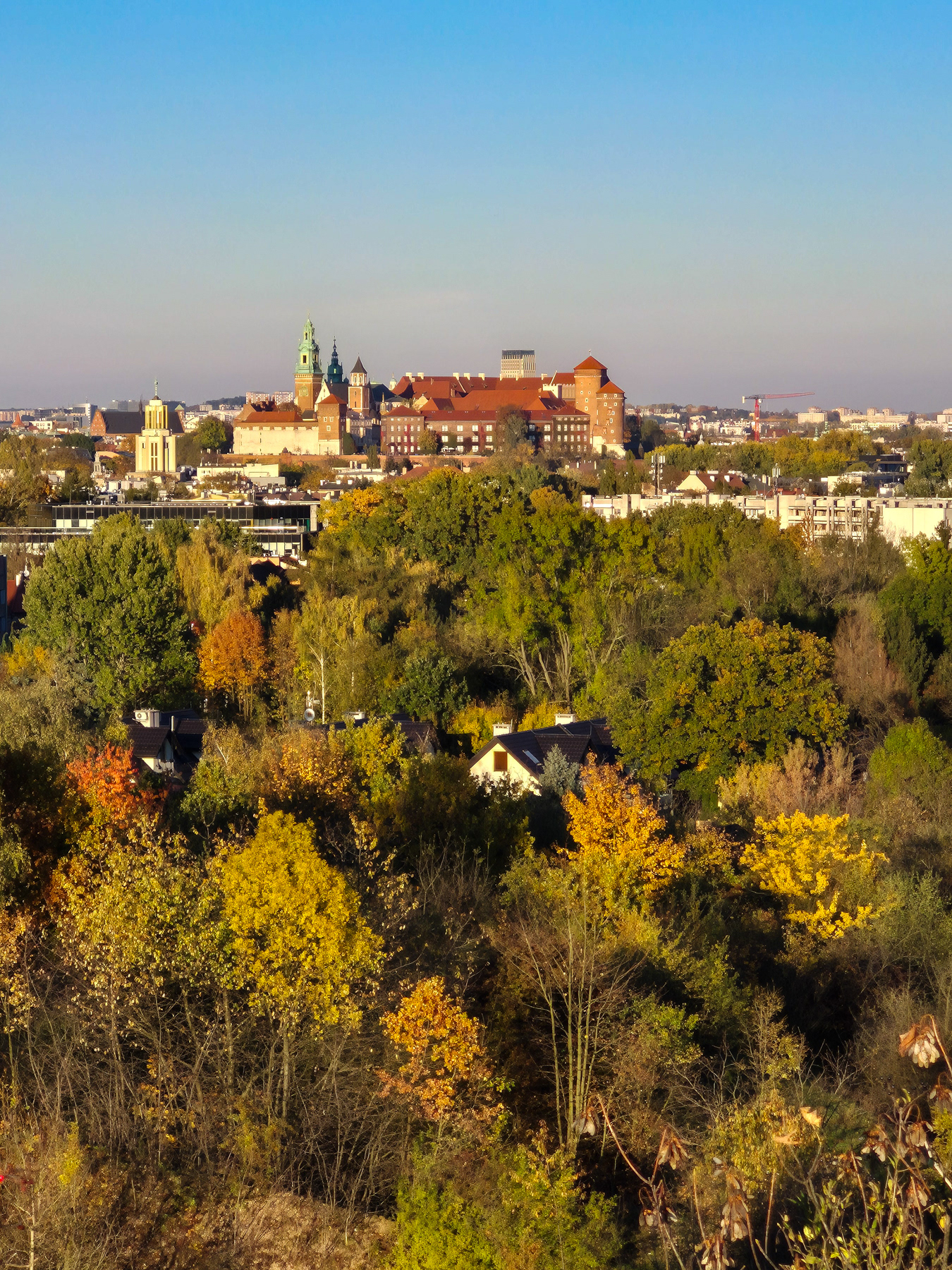
View at Wavel Castle and the Old Town from Zakrzówek's higher vantage points, October 2025.
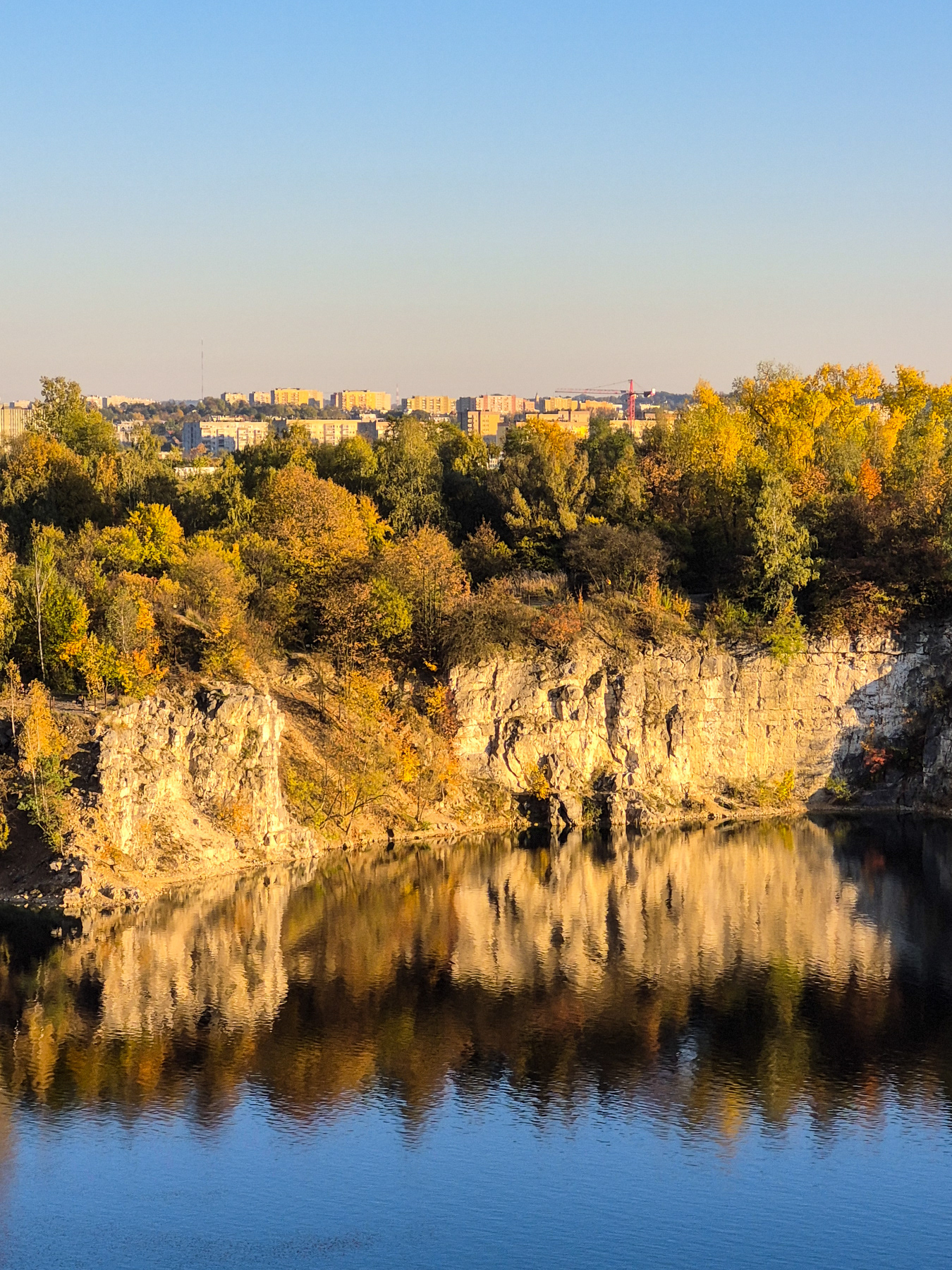
Autumn reflections of the quarry walls in the lake.
View towards the inner-city with its cable-hooked air balloon. Seen from Zakrzówek, October 2025.
View to Kopiec Kościuszki (artificial mound) from Zakrzówek, October 2025.
A female runner passes the vegetables and fruit kiosk at Stefana Żeromskiego street in Nowa Huta, March 2025.
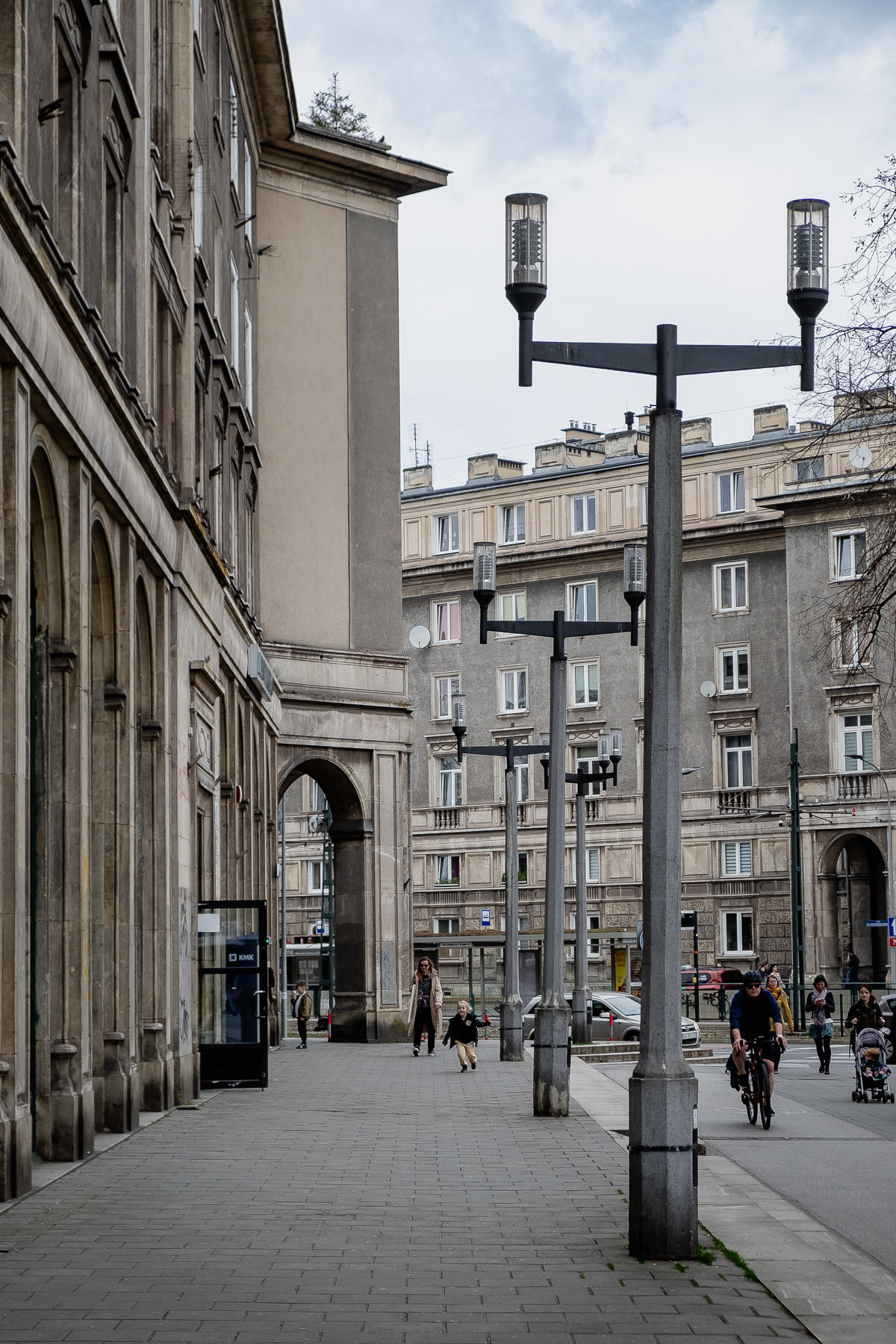
A mixed taste of Paris and Berlin at Reagan Square (Plac Centralny im. R.Reagana).
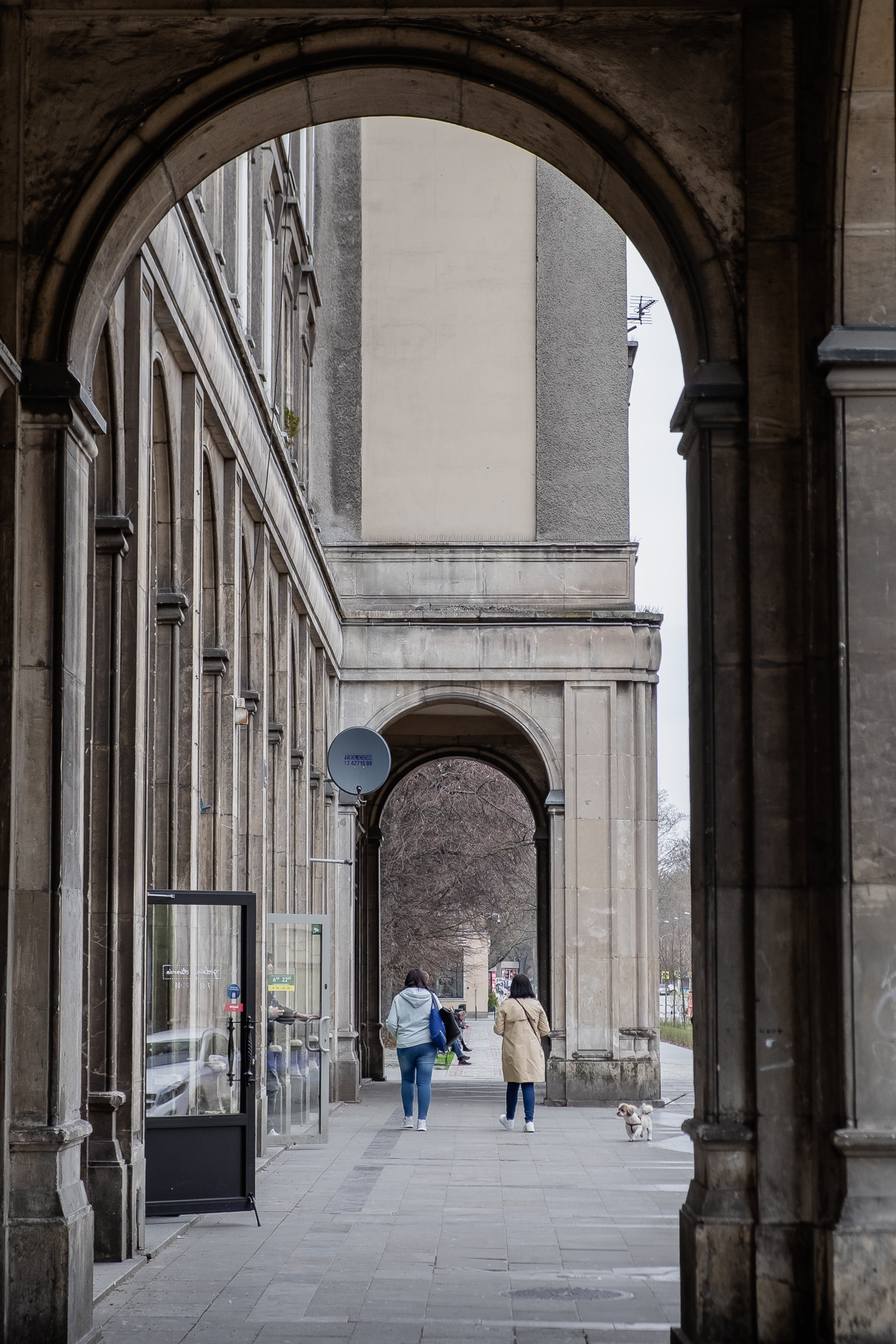
Arches at majestic buildings at Reagan Square, which is the centre of Nowa Huta.
The 1960s Sfinks Cinema (Kino Sfinks) and the C.K. Norwida cultural centre.
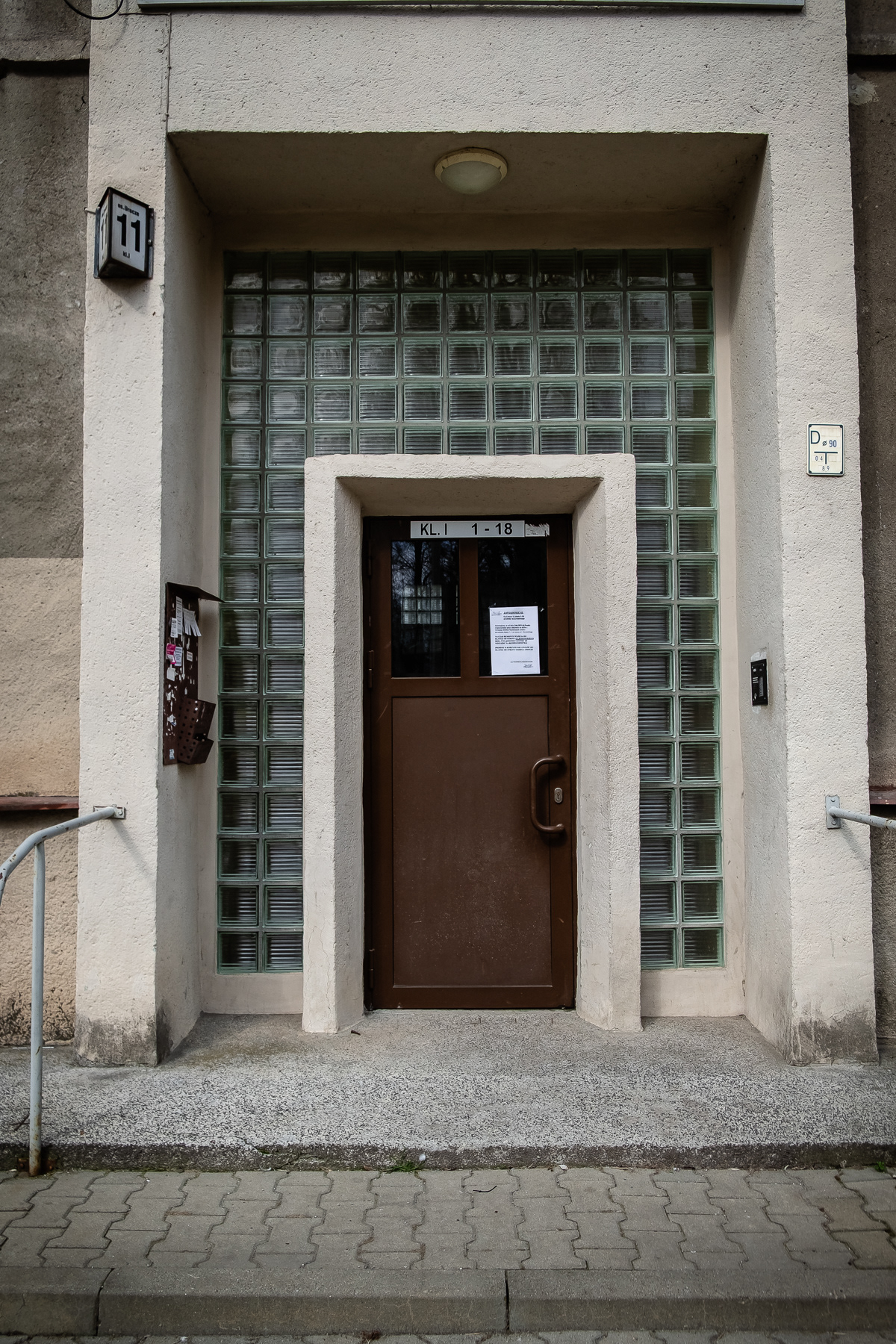
Details of 1960s Nowa Huta architecture.
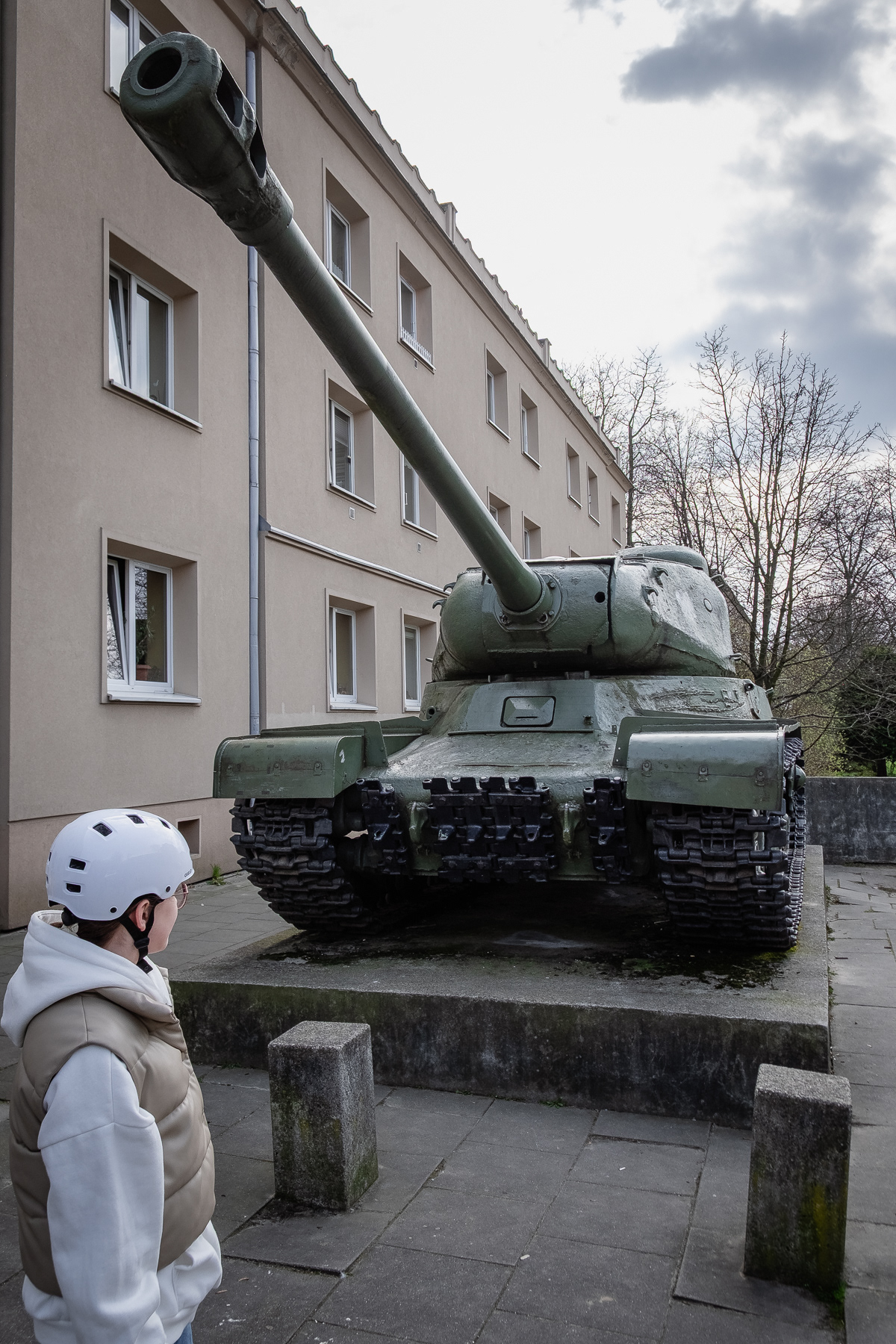
The IS-2 tank memorial in Nowa Huta.
The St. Vincent Pallotti Public Primary School. (Publiczna Szkoła Podstawowa im. św. Wincentego Pallottiego).
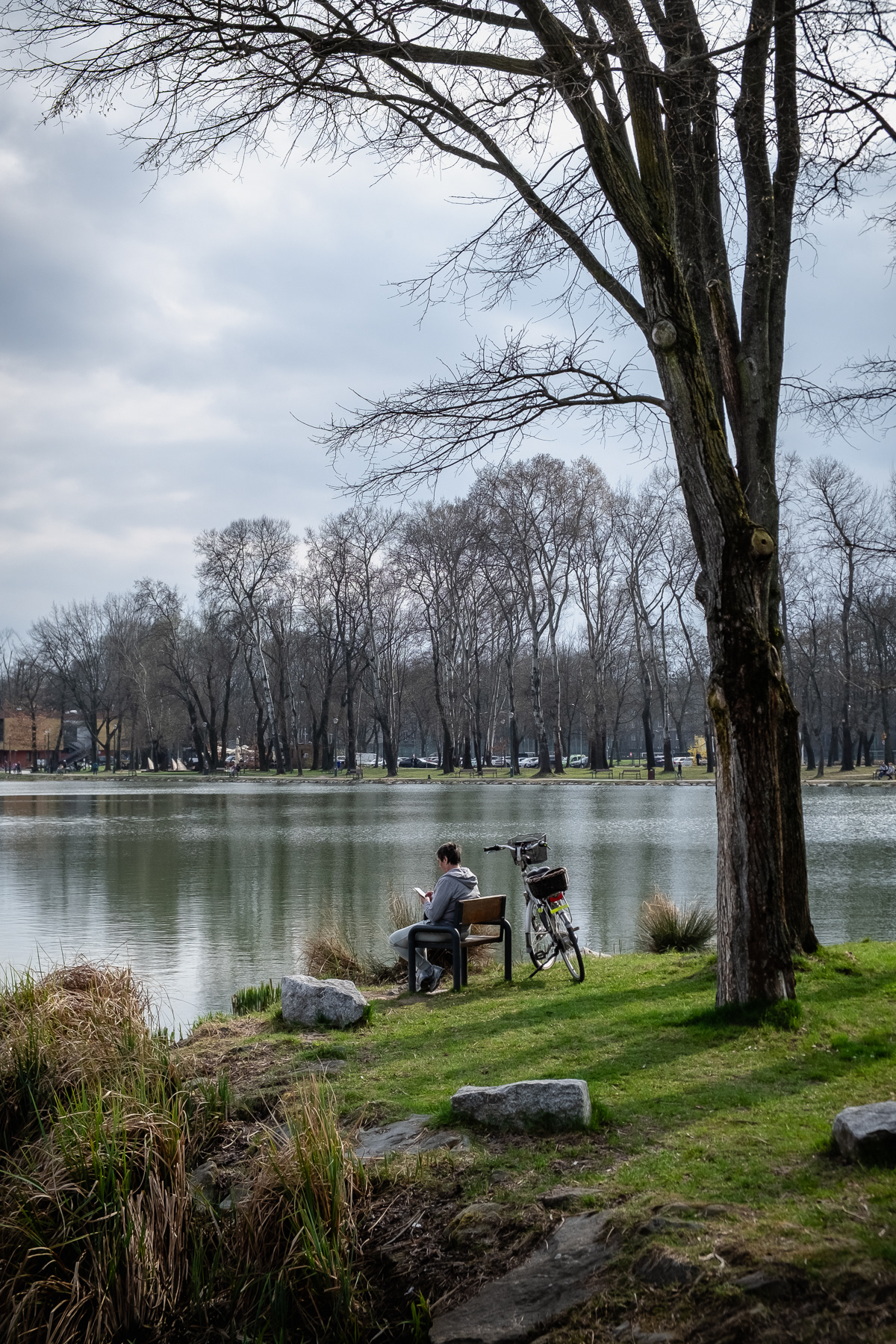
Park Zalew Nowohucki (the park of Nowa Huta lake).
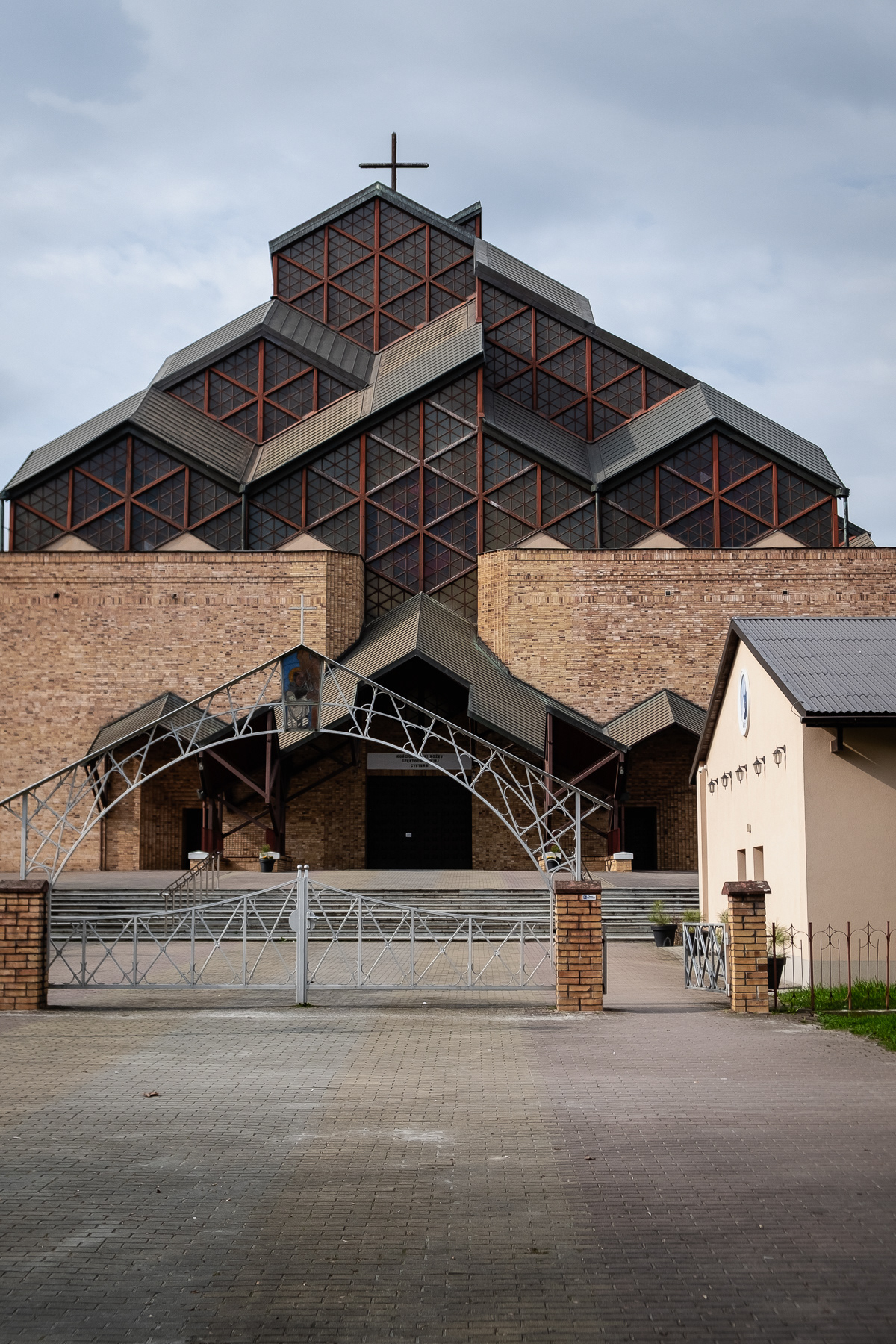
The church of MB Częstochowskiej w Krakowie.
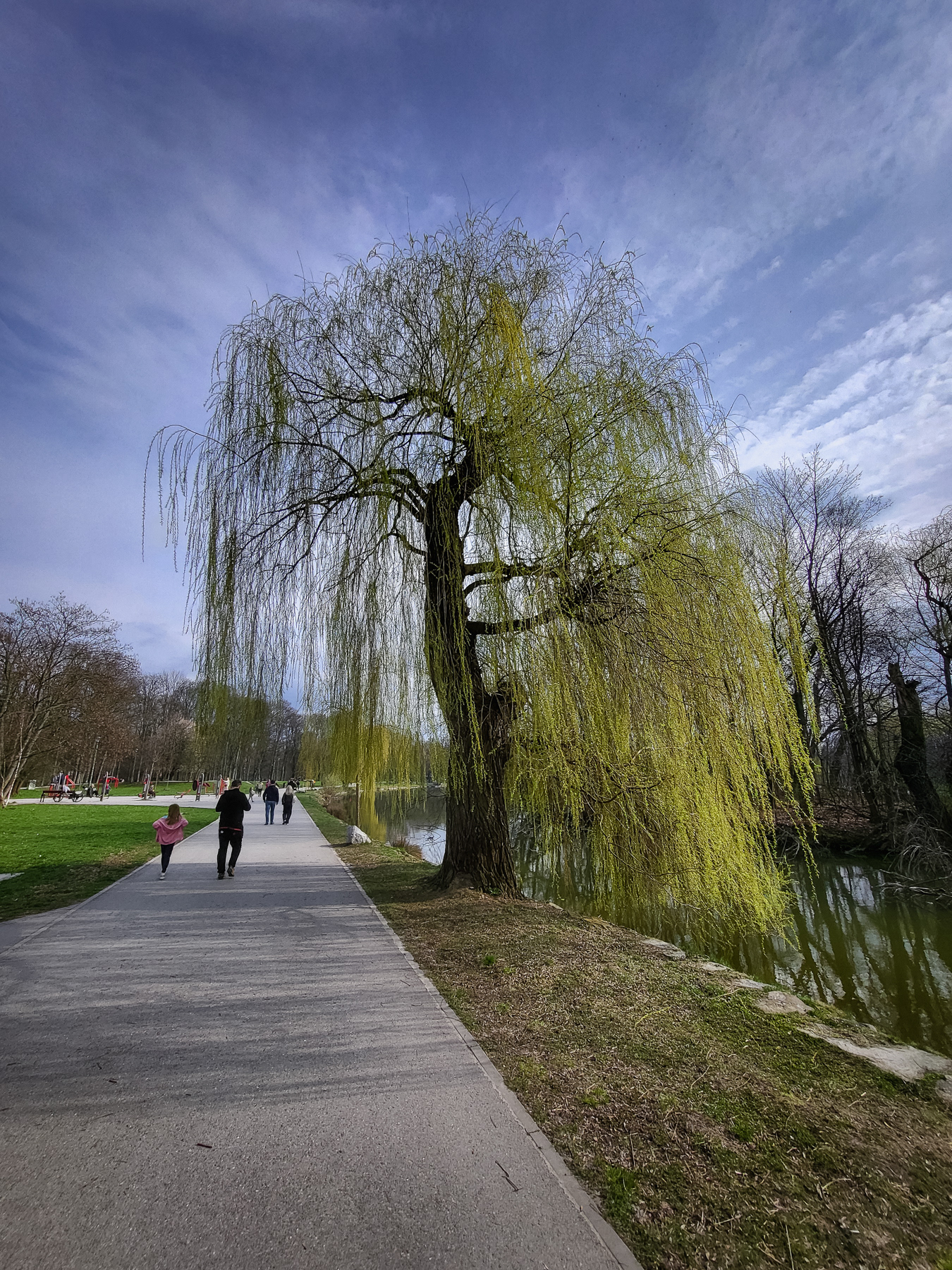
Park Zalew Nowohucki, March 2025.
The marshlands of Nowa Huta that seperate it from the rest of Kraków (Łąki Nowohuckie w Krakowie).
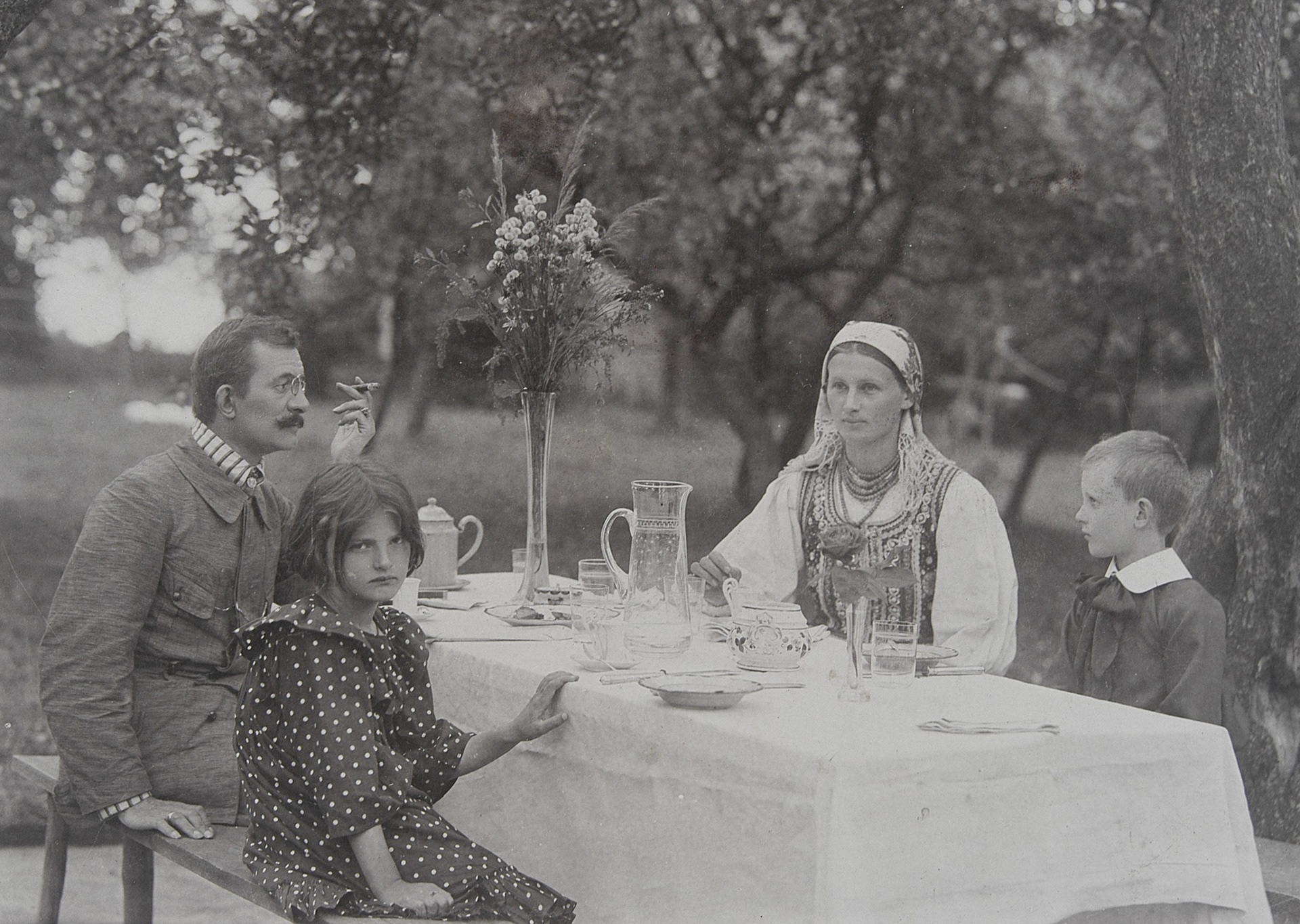
Lucjan and Jadwiga Rydel and kids around 1910 (Photo in collection National Museum)
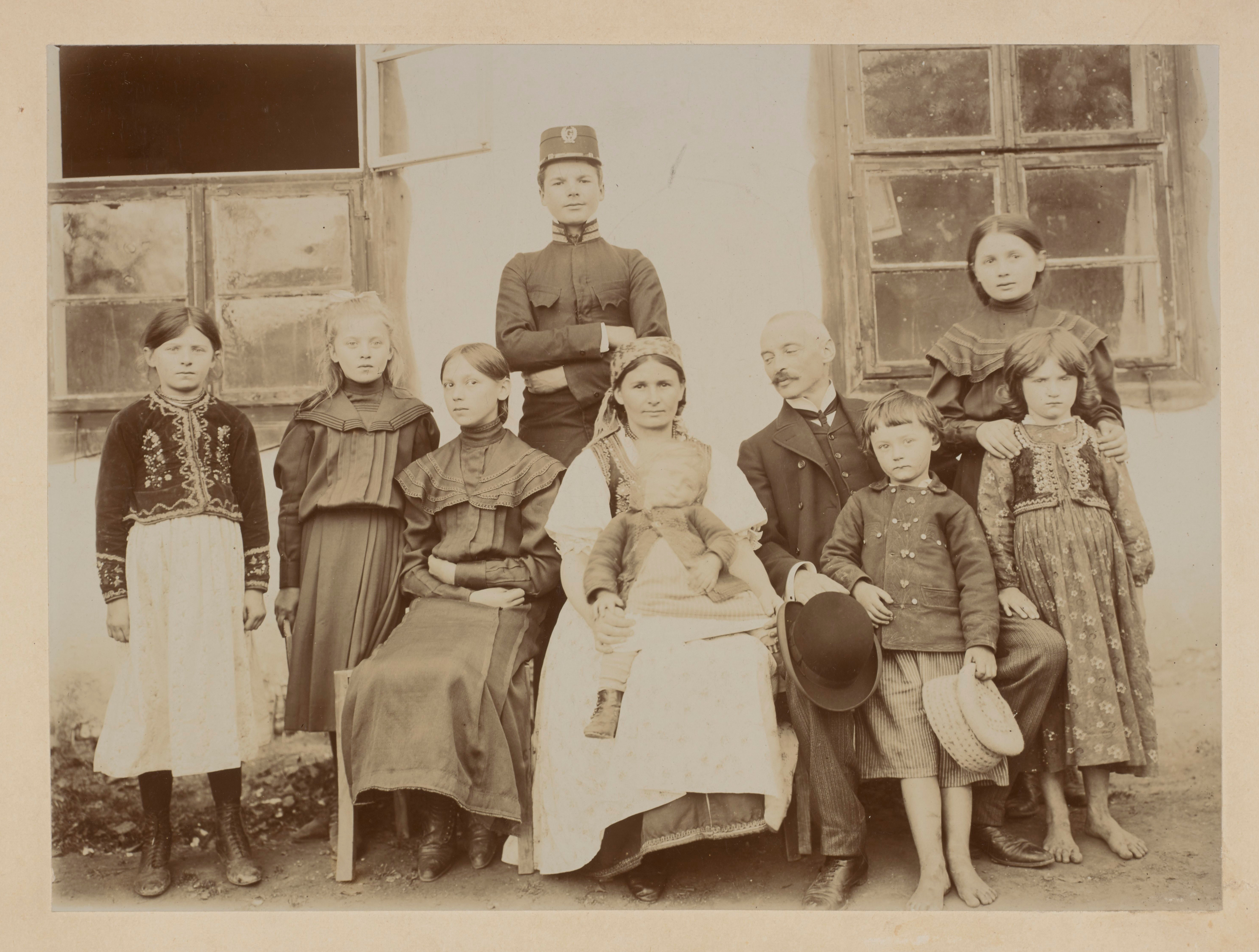
Włodzimierz and Anna Tetmajer and kids, the beginning of the 1900s (Photo in collection National Museum)
Rydlówka, the real manor house (partly reconstructed after a fire in the 1960s) in Bronowice that was the scene of the real wedding on 20 November 1900, and featured in the drama Wesele by Stanisław Wyspiański. All photos in this chapter are from November 2024.
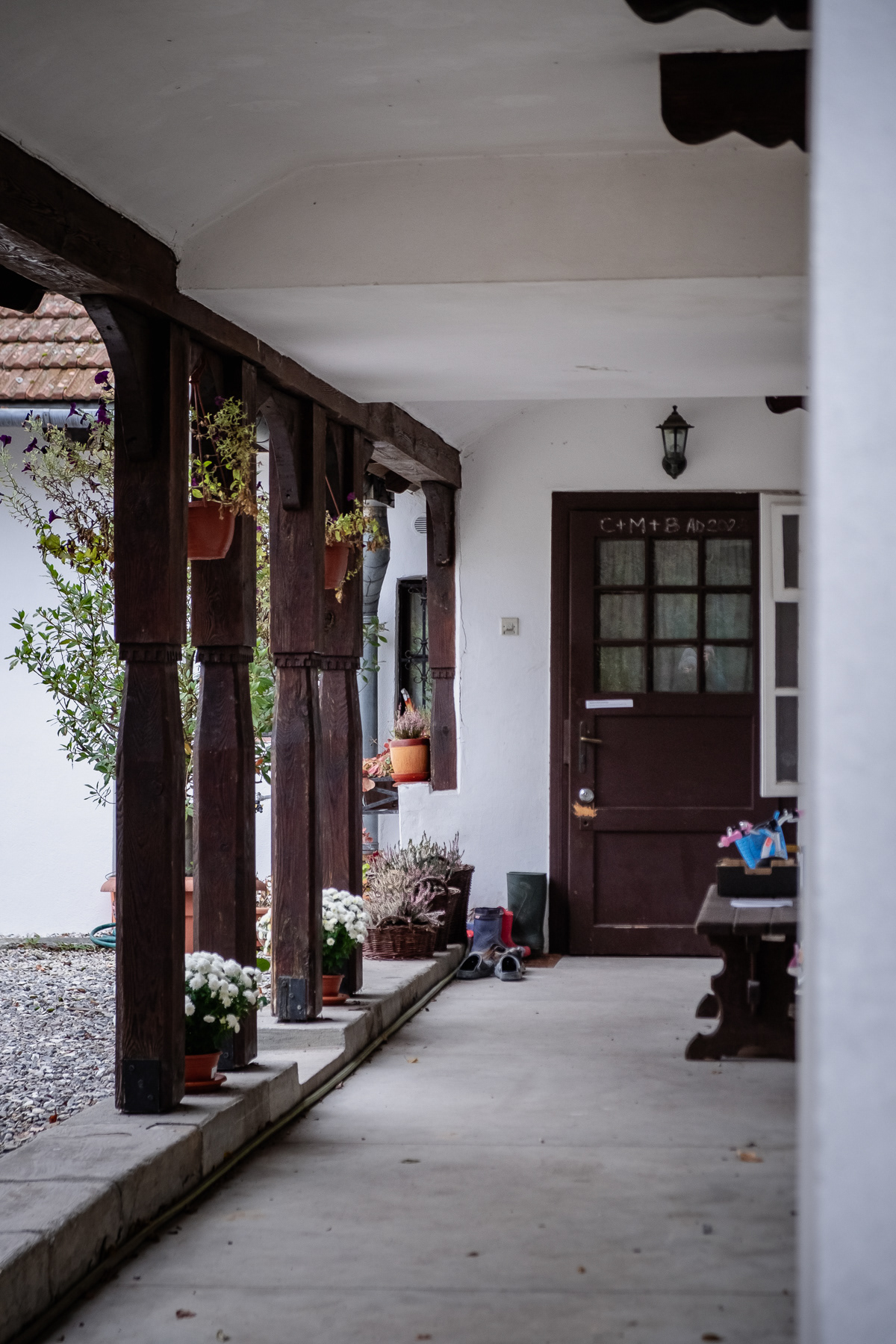
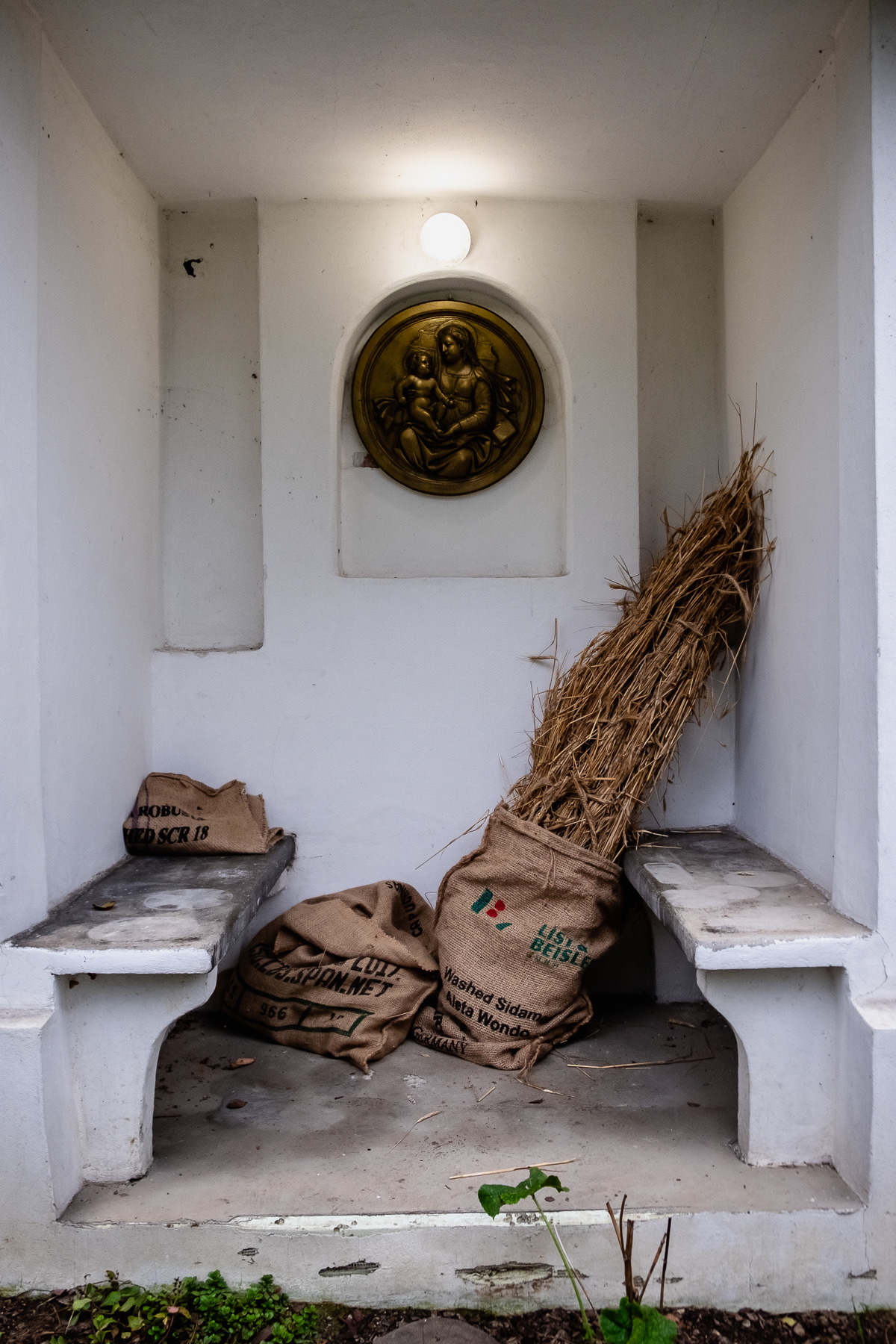
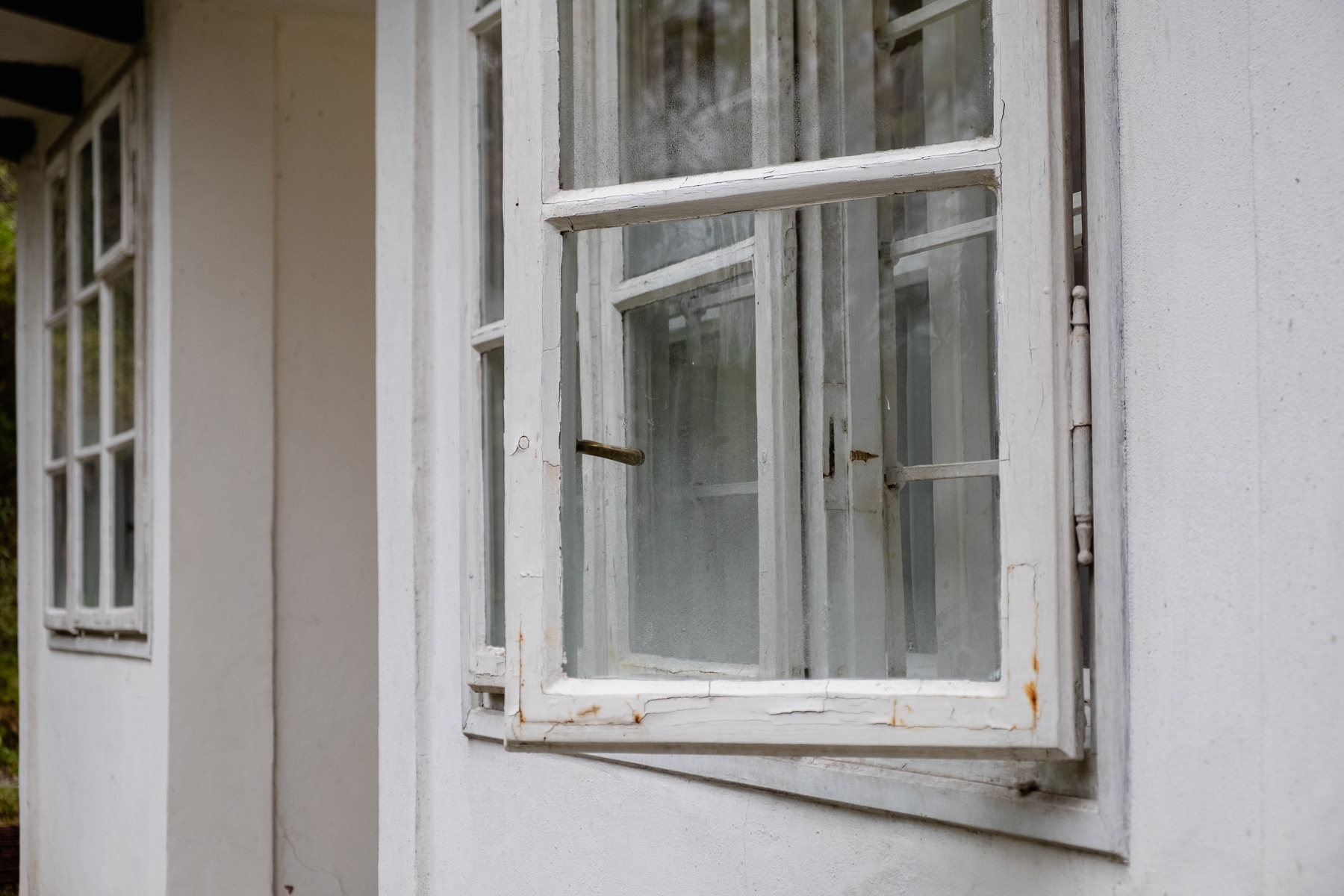
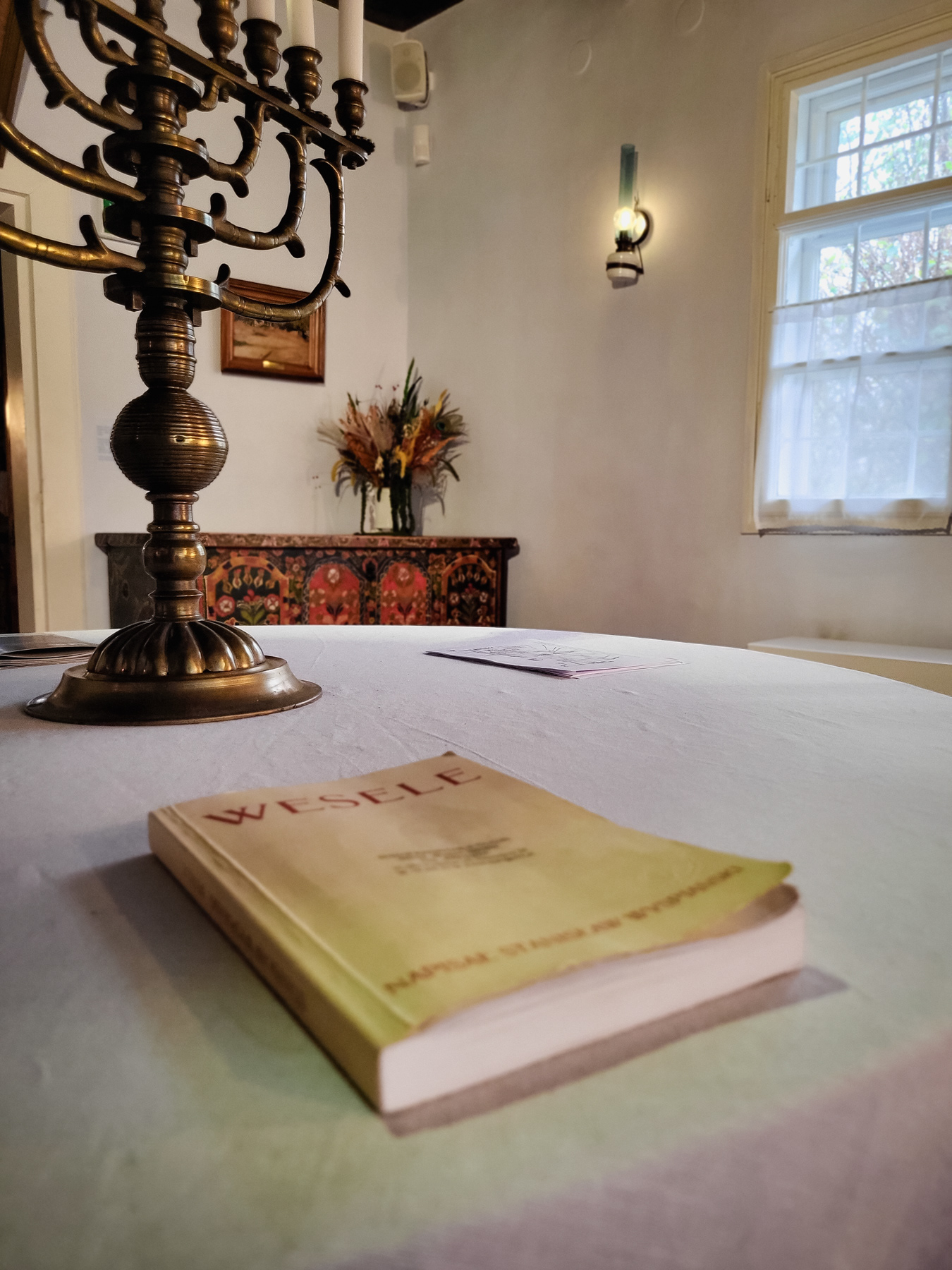
The drama Wesele, still a famous Polish book.

A copy of the 1904 theatre play Wesele.
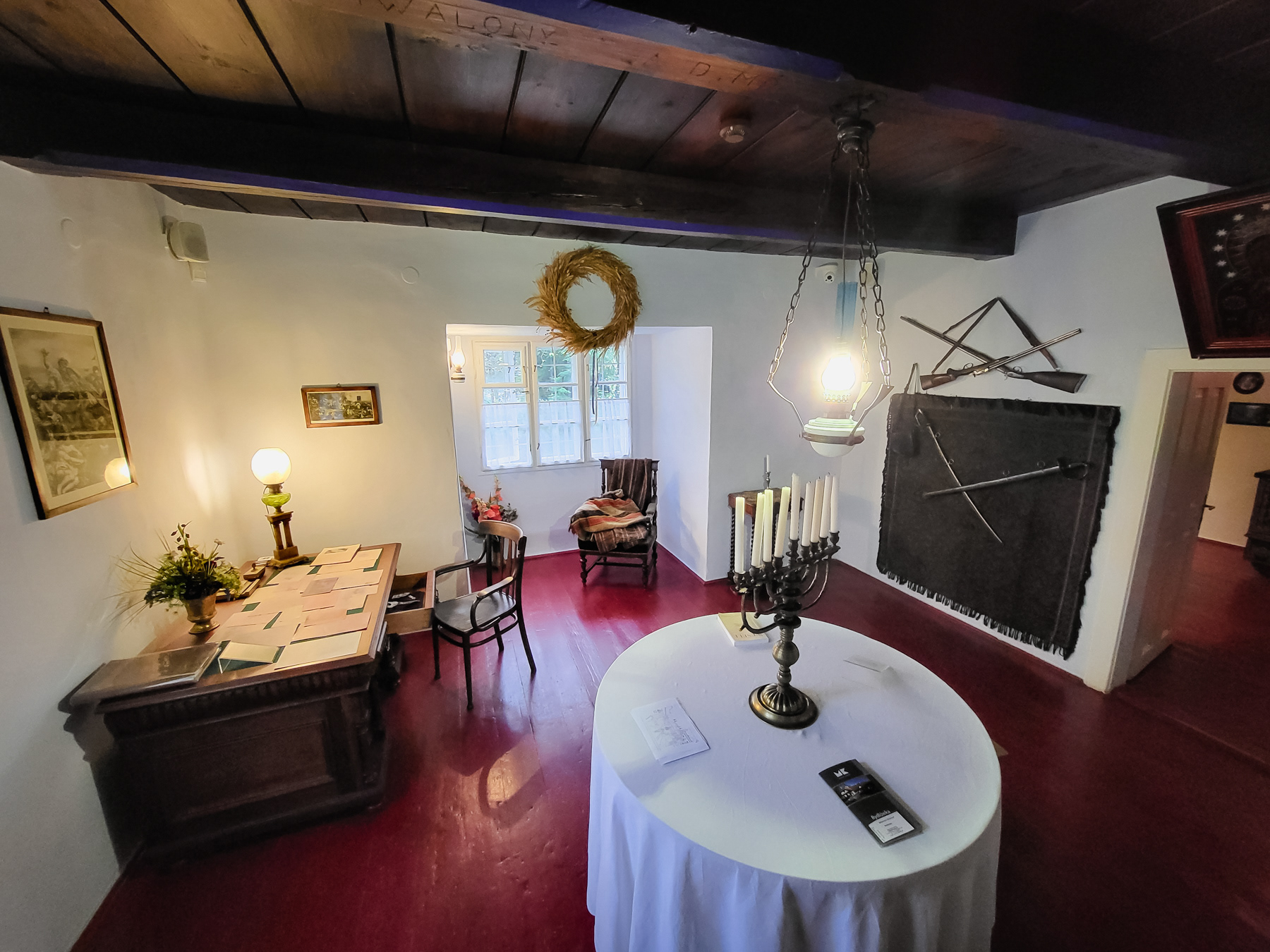
The room where older family guests were discussing life and everything, as it was in details described in the drama Wesele.
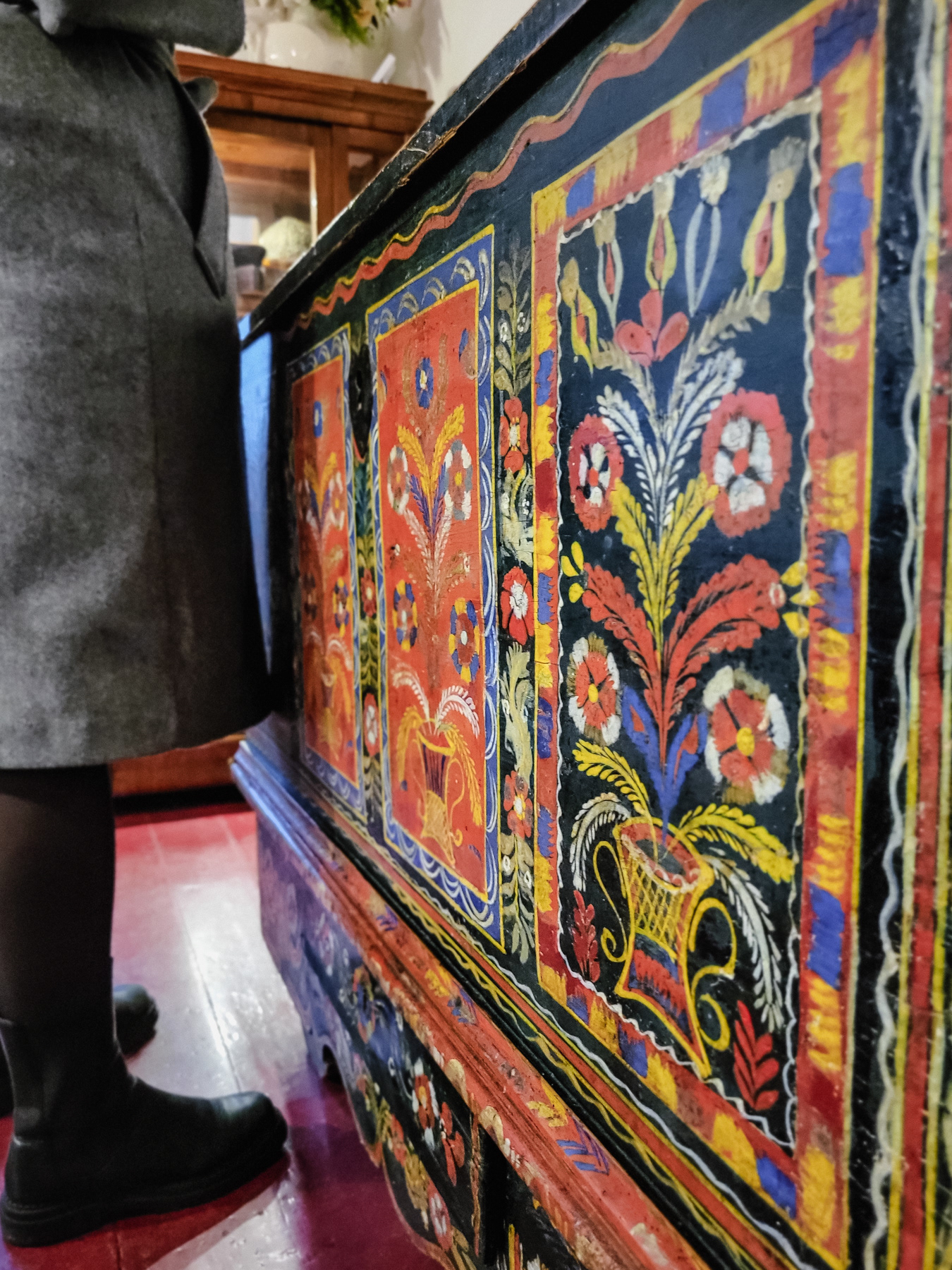
Colourful chest in an adjacent room.
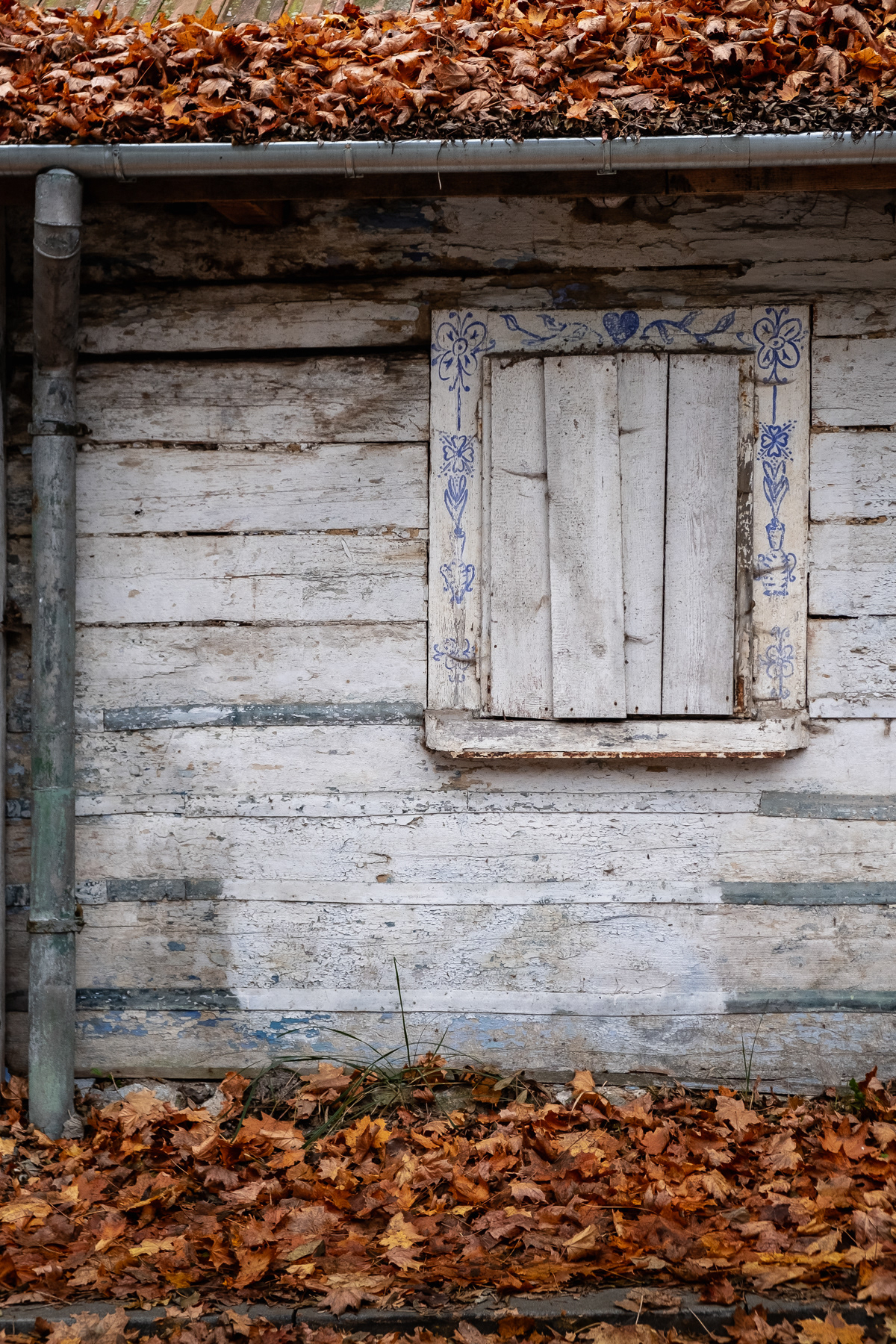
Just down the manor house hill, across the road, this traditional Bronowice wooden house is in pretty bad shape. But do note the painted details on the window frame.
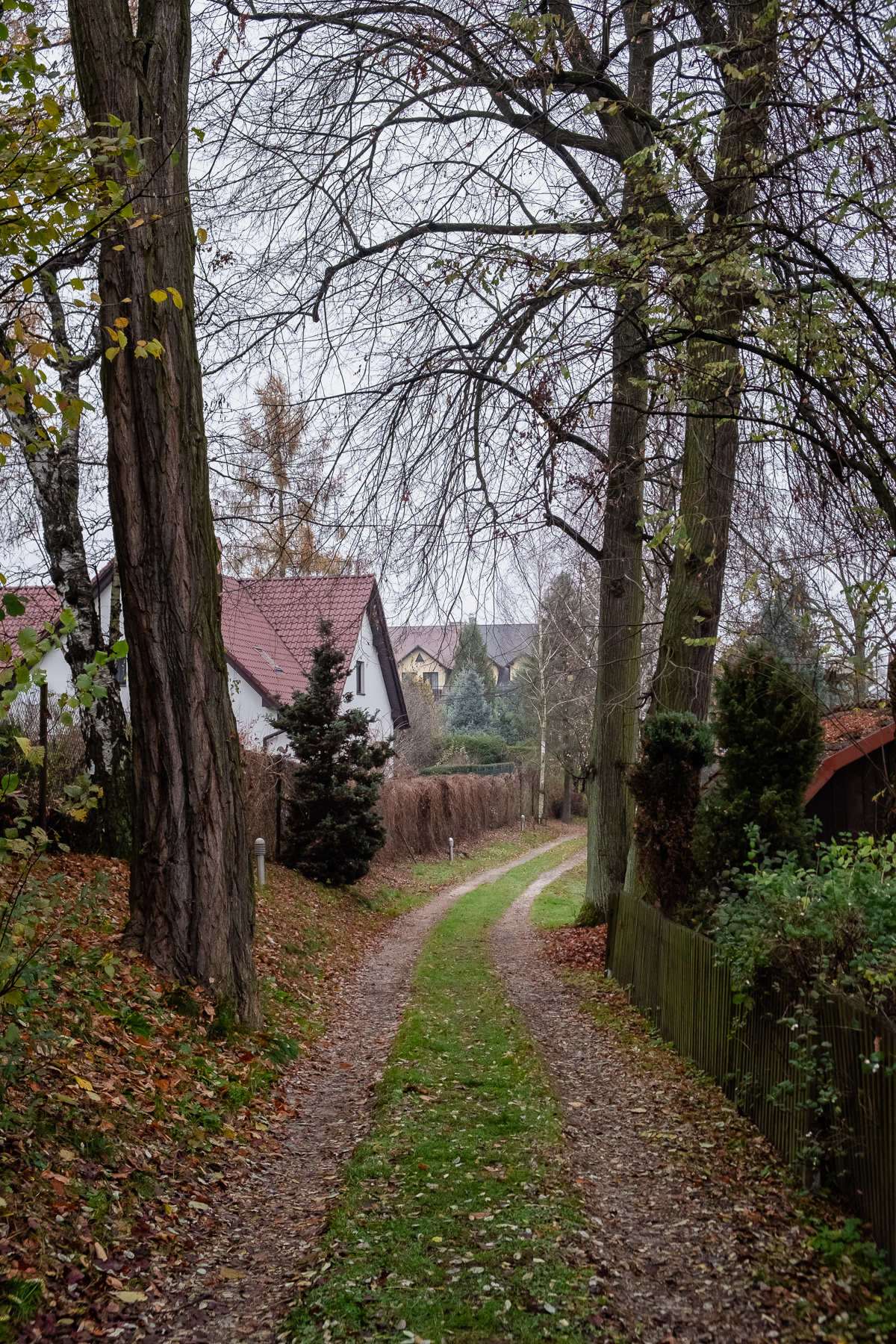
The path leading to the the Rydlówka.
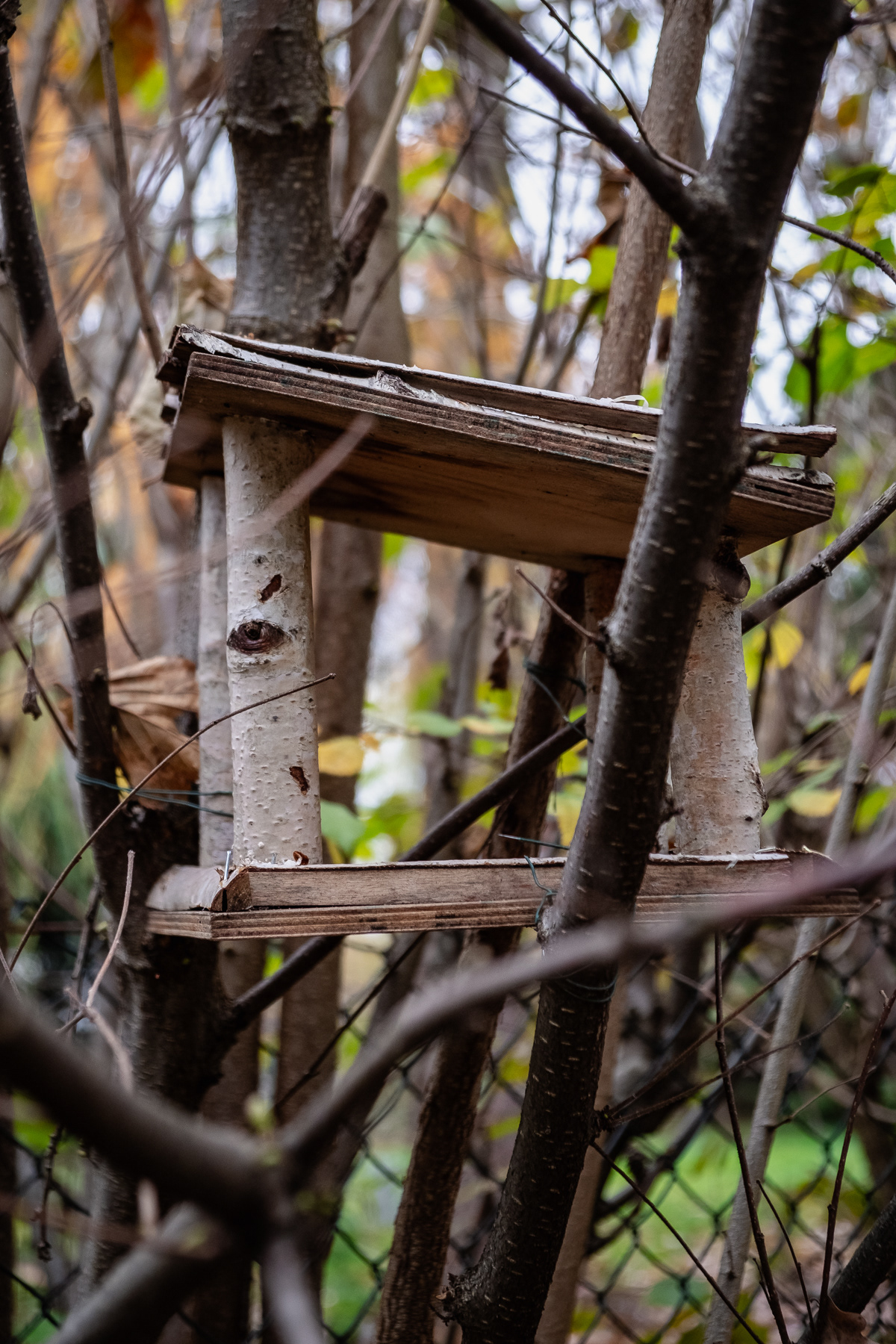
Morden bird feeding house at the premises of the Rydlówka.
Take a stroll through the neighbourhood of the Rydlówka manor house in Bronowice Małe to discover small gems.
Tetmajer's park is nearby, named after the Włodzimierz Przerwa-Tetmajer who owned the manor house in Bronowice in his days.
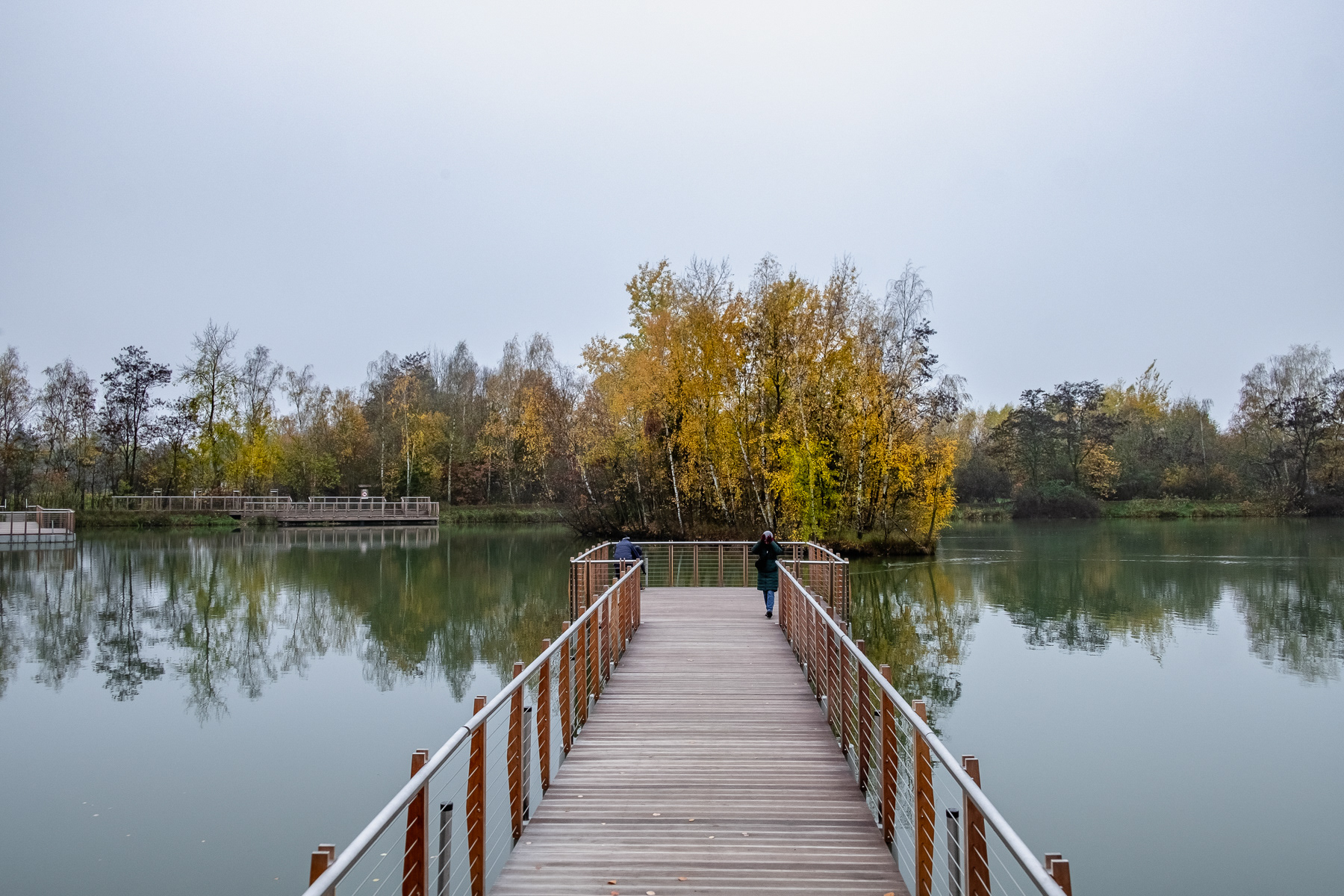
A new lake and even newer jetties are a nice new touch to Tejtmajer Park.
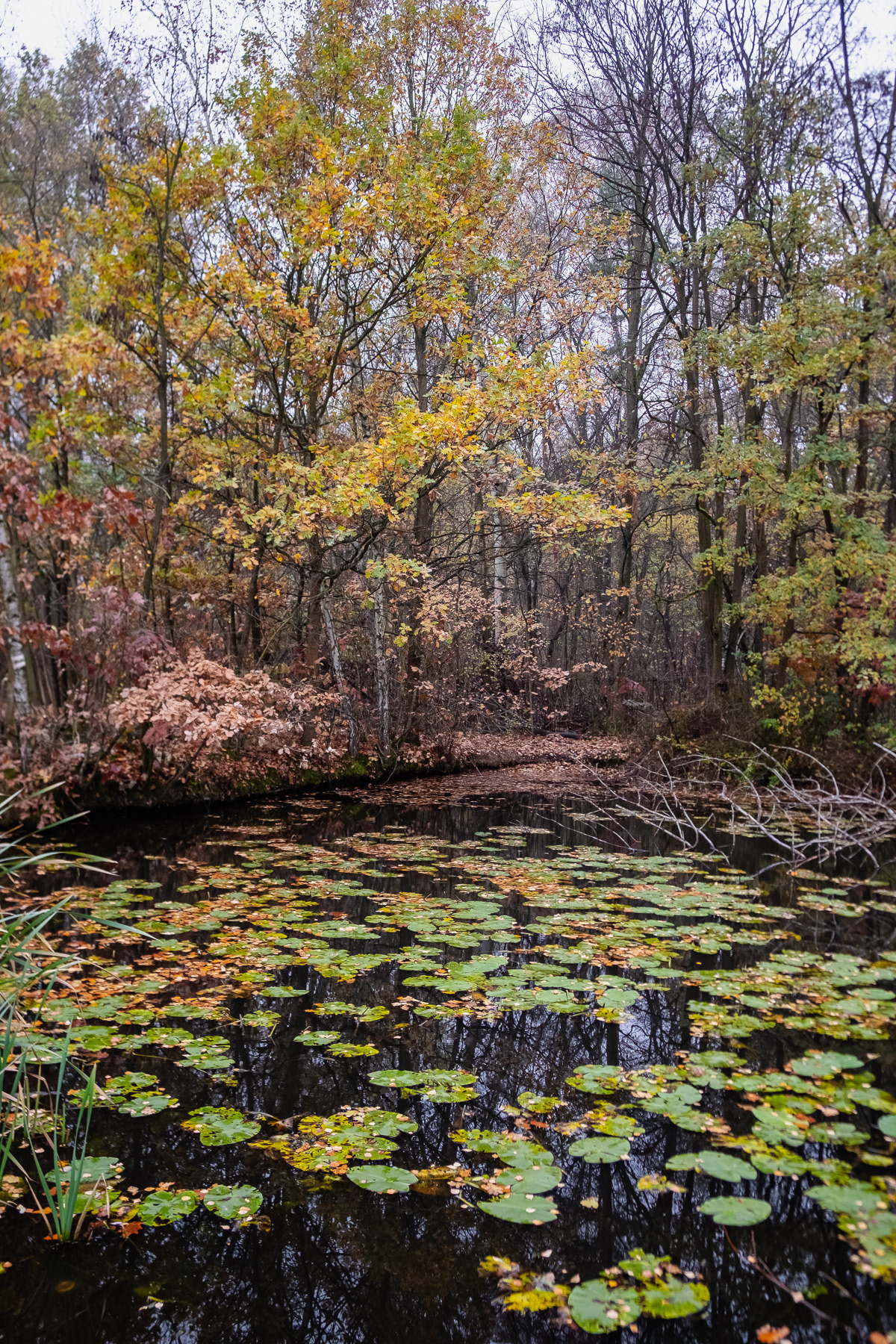
Detail of Tejtmajar Park.
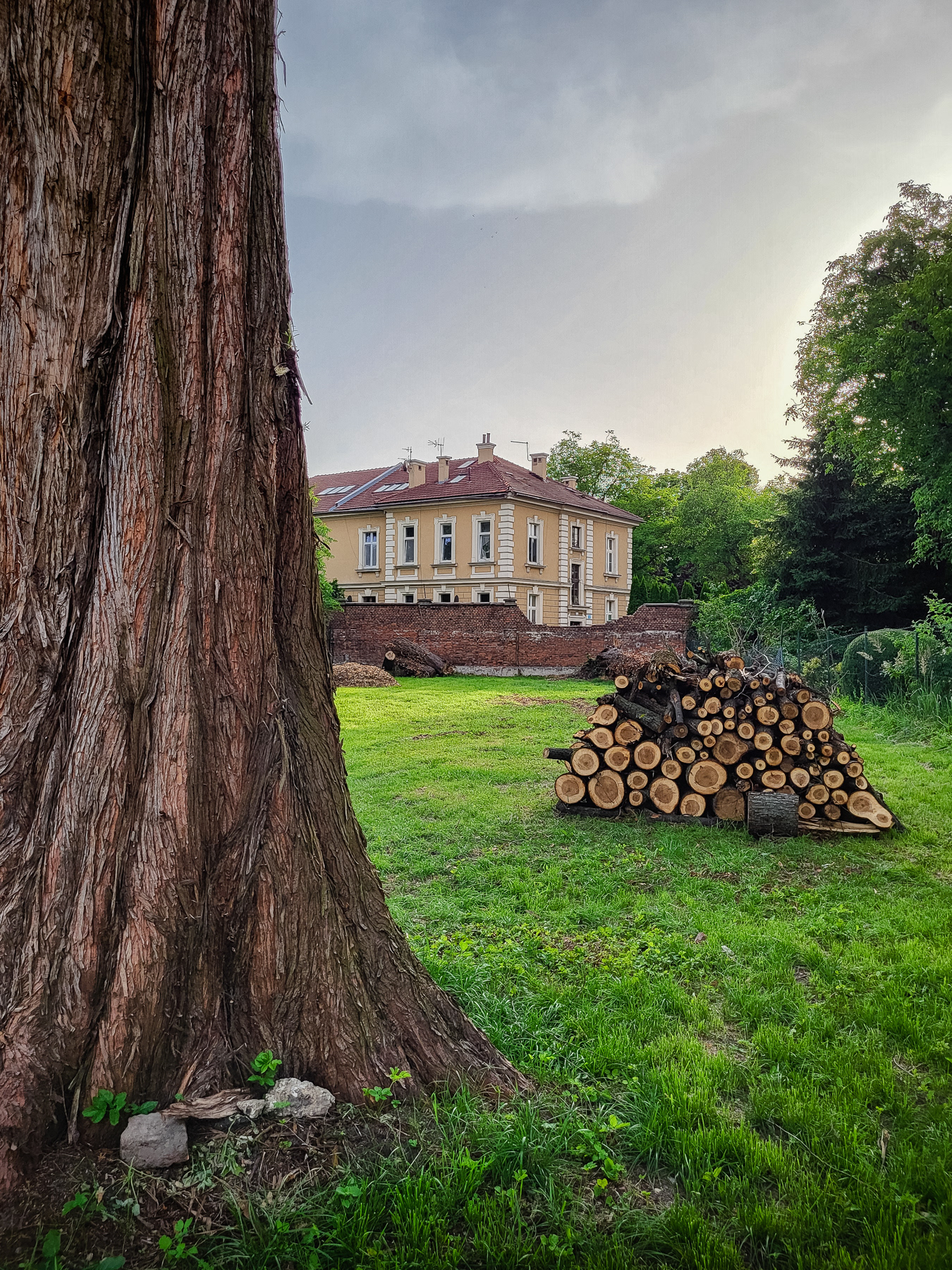
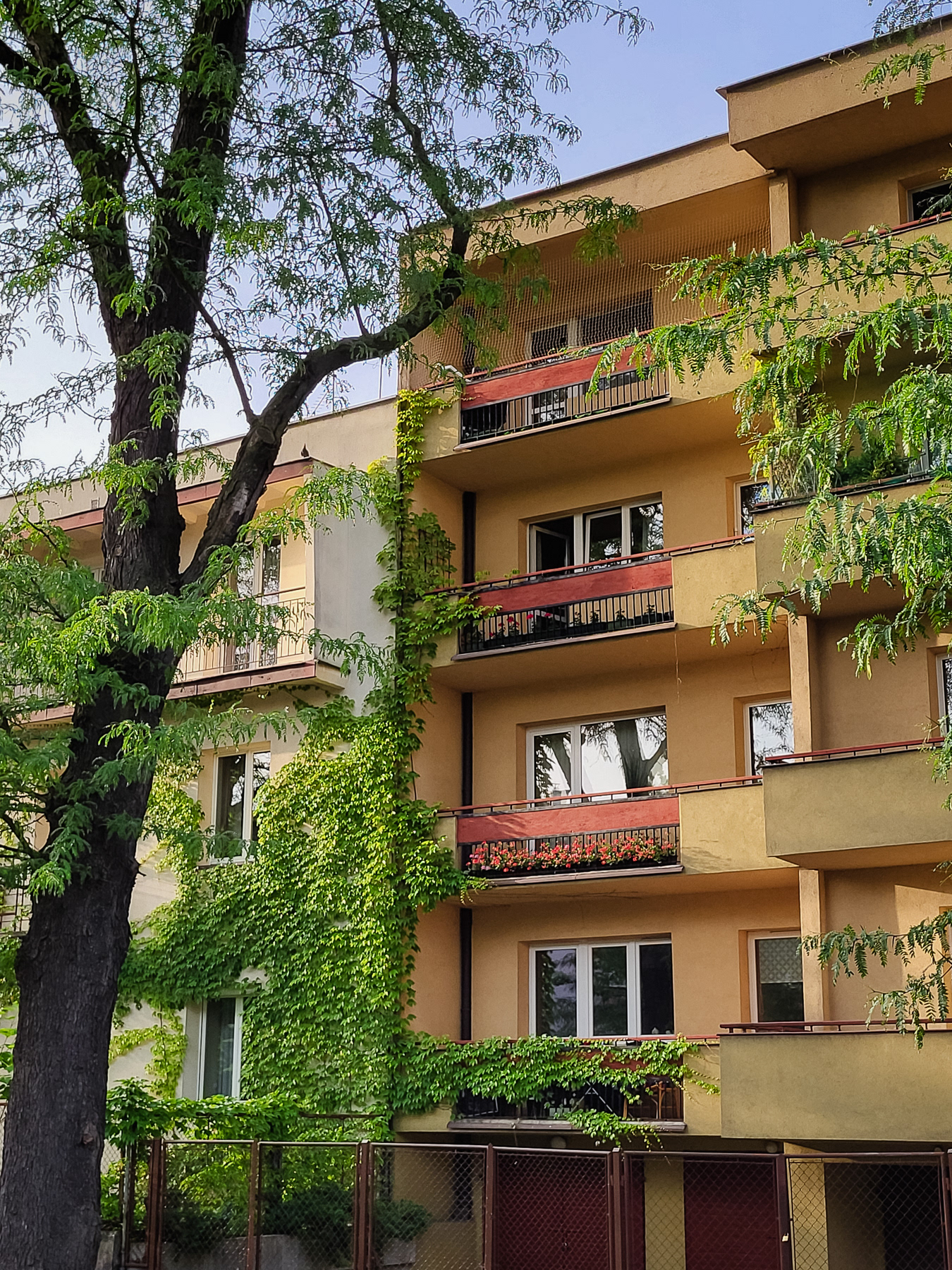
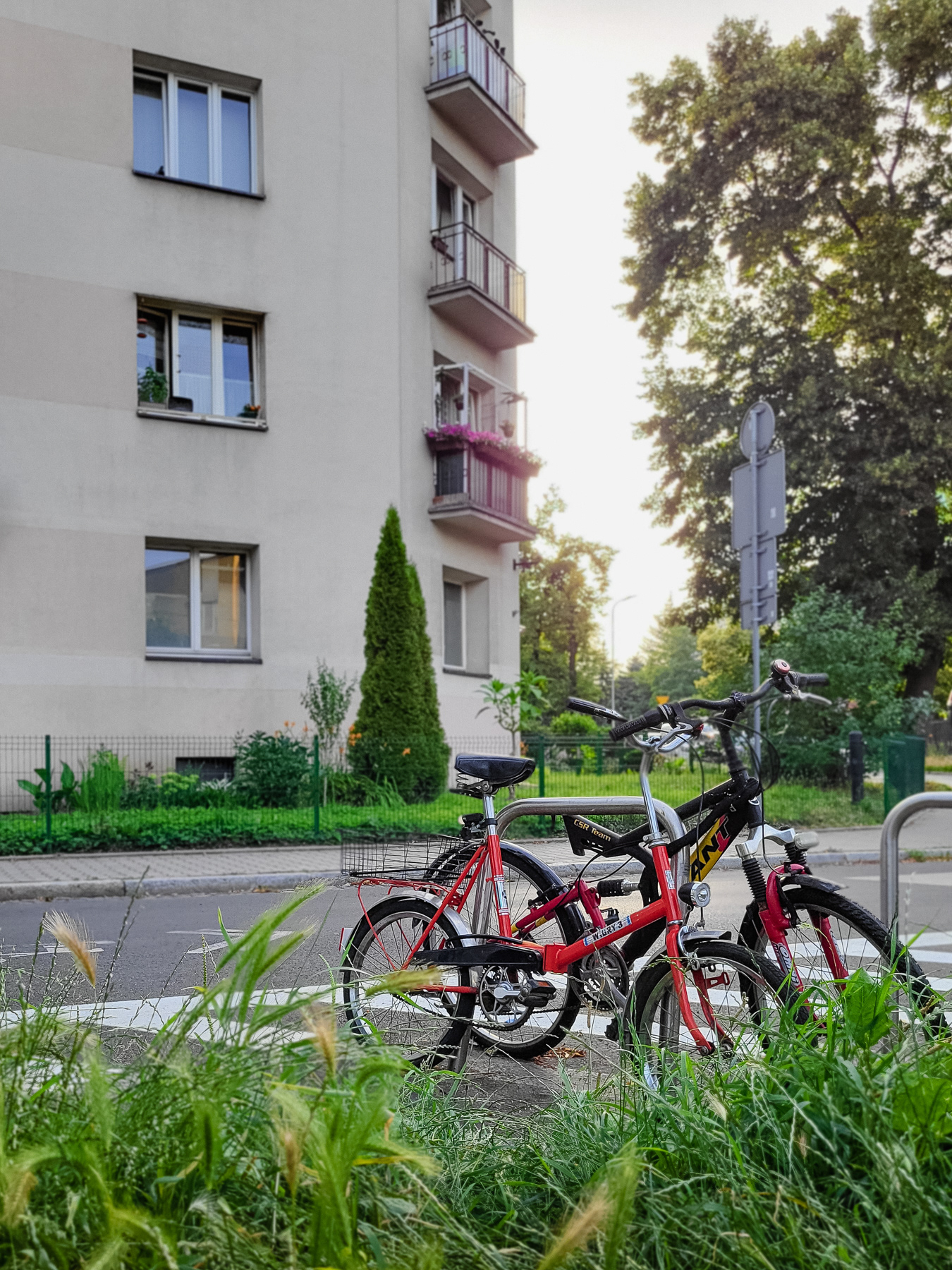
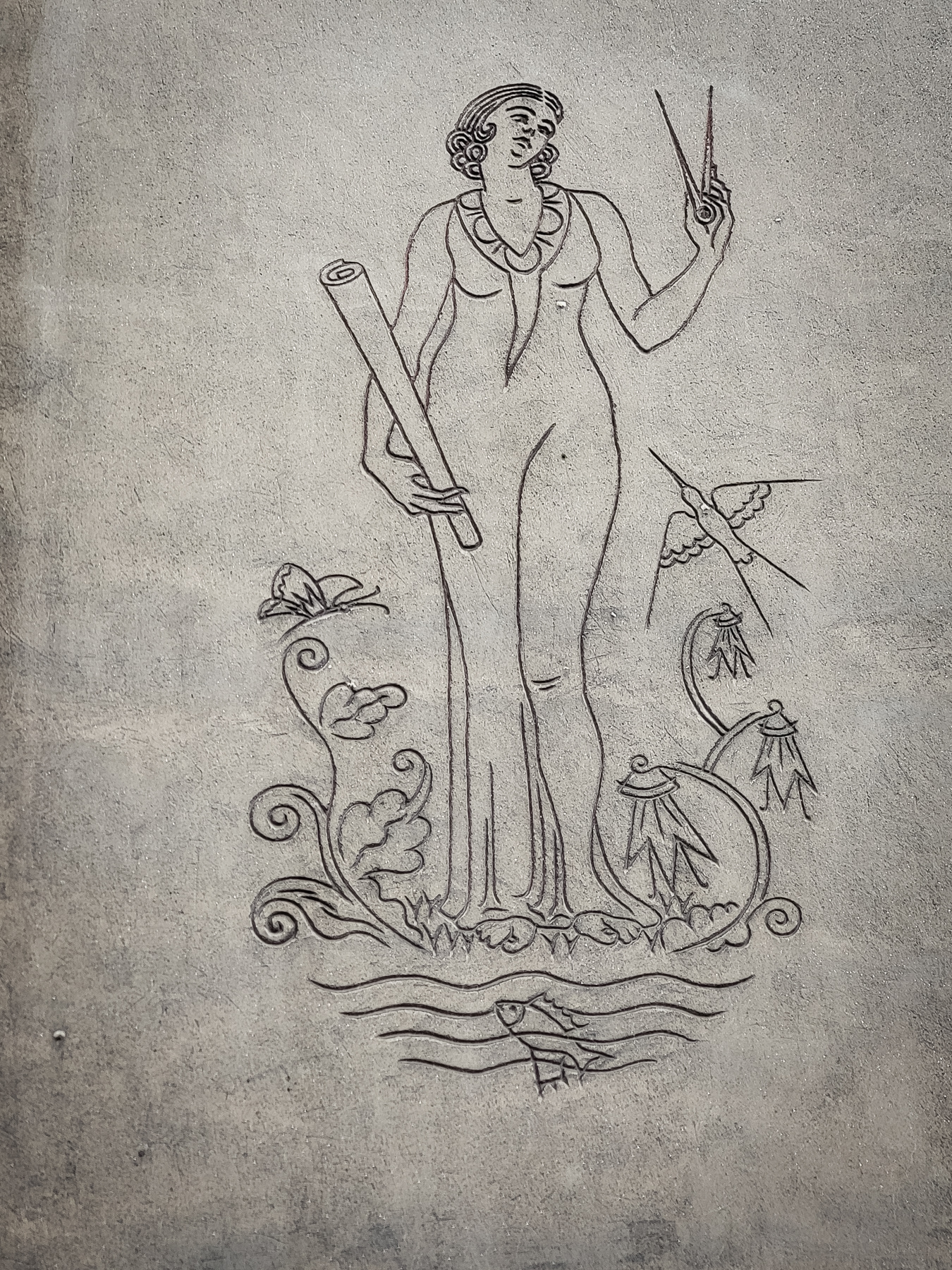












Final resting place of the famous 19th century Polish painter Jan Matejko.

Around 10:00 the pedestrian and cycle path on the left hand side of this photo was still just above the water line.
The same path around 14:00 in the afternoon.
Two passers-by witness the flooding of the path from underneath the Dębnicki bridge, the main bridge leading to the avenue ("Aleja") that encircles the inner city.
View to the east from the Zwierzyniecki bridge. Several hundreds of kilometres upstream, the mighty Wisla has its spring. Notice the mountains in the far distance.
The Benedictine Abbey and monastery of Tyniec, caught on a warm early-April evening in 2024.